Your Guide to Birth Month Flowers (From a Florist Who’s Seen It All)
I’ve been working with flowers for a long, long time—first as a kid learning the ropes at a nursery, and later as a professional florist. I’ve seen trends blossom and wilt, but some things just stick. The whole idea of a birth month flower is one of those timeless traditions.
In this article
- A Quick Note on Tradition
- January: The Resilient Carnation & The Hopeful Snowdrop
- February: The Modest Violet & The Cheerful Primrose
- March: The Bold Daffodil & The Fragrant Jonquil
- April: The Innocent Daisy & The Sweet Pea
- May: The Fragrant Lily of the Valley & The Protective Hawthorn
- June: The Classic Rose & The Sweet Honeysuckle
- July: The Breezy Larkspur & The Serene Water Lily
- August: The Strong Gladiolus & The Poetic Poppy
- September: The Starry Aster & The Fleeting Morning Glory
- October: The Fiery Marigold & The Harmonious Cosmos
- November: The Cheerful Chrysanthemum & The Luxurious Peony
- December: The Festive Holly & The Fragrant Paperwhite
- A Final Thought from the Flower Shop
- Galerie d’inspiration
And it’s so much more than just a bit of trivia. It’s a way to connect with the seasons and the plants themselves. I’ve helped new parents pick out plants for their garden to celebrate a new baby, and I’ve tucked the birth flowers of a couple into a wedding bouquet as a secret message just for them. It’s a quiet, beautiful language that never goes out of style.
Most people know their birthstone, but the floral tradition is just as meaningful. It likely started ages ago with ancient cultures marking seasons with specific blooms. The system we use today, though, really took off when people became fascinated with the “language of flowers,” where every bloom had a secret meaning. This is where many of the personality traits we link to these flowers were born.
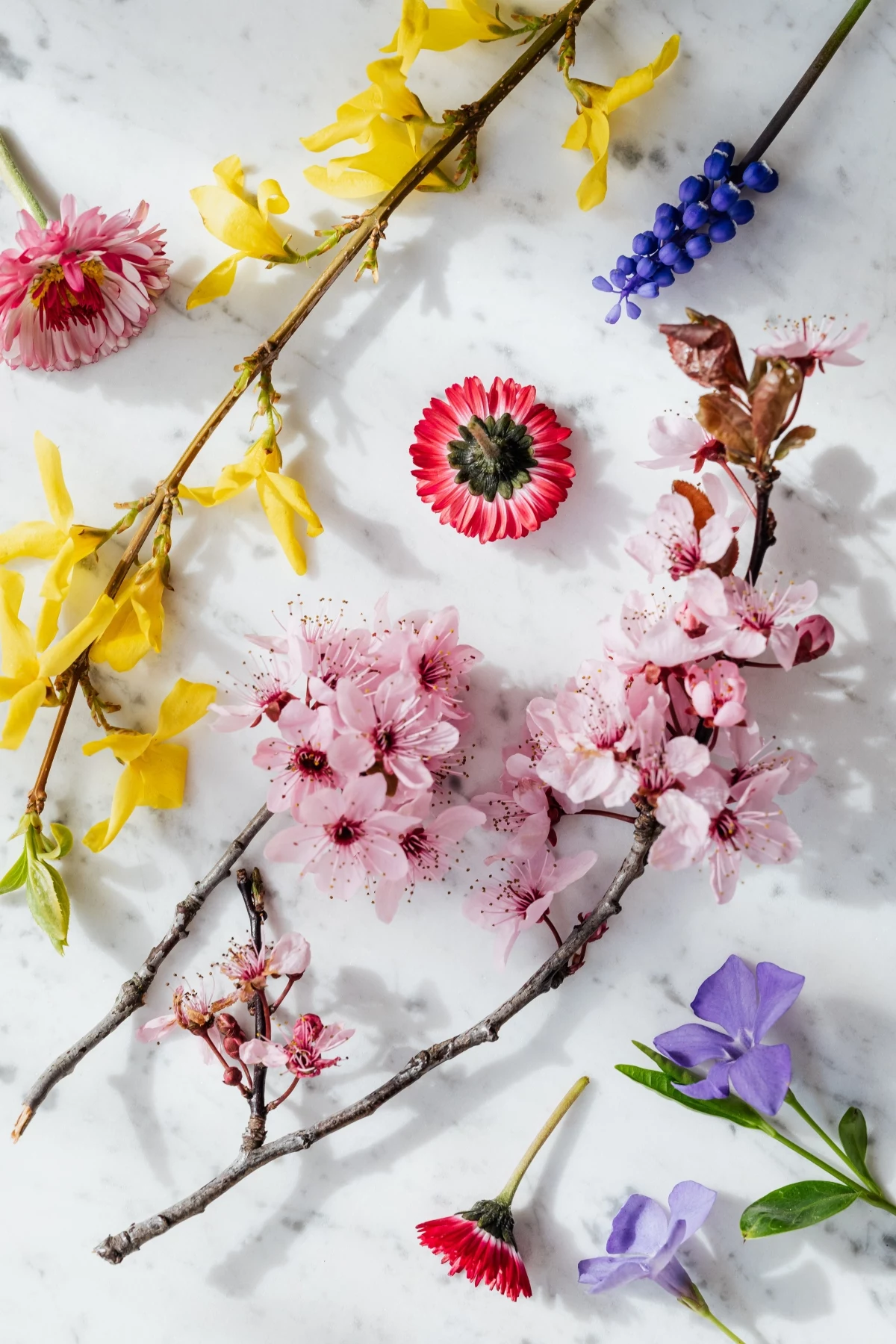
This guide is a little different, though. I want to share the hands-on, practical stuff I’ve learned from working with these plants every day. We won’t just talk about what they mean, but why they mean it. We’ll get into how to grow them, how to keep them looking good in a vase, and most importantly, how to choose the right one for you, whether you have a giant garden or a tiny apartment balcony.
A Quick Note on Tradition
It’s good to remember that these lists aren’t set in stone. They’re mostly based on what blooms in the Northern Hemisphere. A flower that pops up in the cold of a North American January, like a snowdrop, makes perfect sense there. But for someone in the Southern Hemisphere, where January is peak summer, that choice might feel a bit odd.
That’s why you’ll often see a main flower and a secondary one for each month. It gives you options! In my shop, I always say the best flower is one that’s fresh, in season, and means something to you. So feel free to use this guide as a starting point, not a strict rulebook.
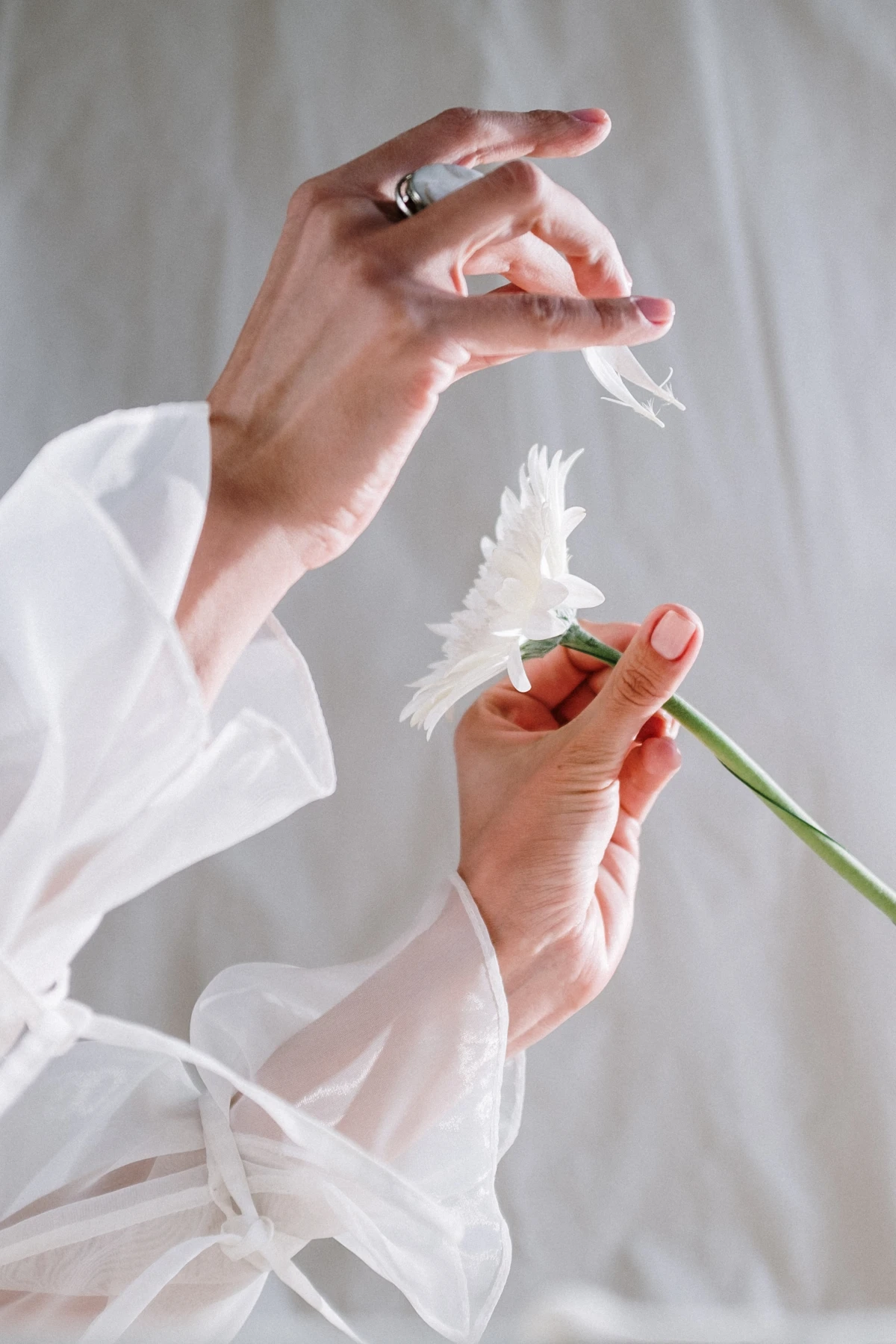
January: The Resilient Carnation & The Hopeful Snowdrop
Primary Flower: Carnation
The carnation is such a surprisingly tough and underrated flower. It can handle the cooler weather of early spring, making it a perfect fit for January’s chill. Its frilly, ruffled petals have a classic, almost painterly look to them.
Symbolism: Traditionally, carnations symbolize fascination and love. The different colors carry their own weight, though. Red is for deep love, pink is for gratitude, and white means purity and good luck. A little tip: striped or yellow carnations once meant rejection, so maybe stick to the other shades when giving a gift!
For the Gardener: Carnations do wonderfully in pots on a sunny balcony! They need at least six hours of sun and well-draining soil. A common mistake is planting them in heavy, wet soil, which they hate. Grower’s Difficulty: Easy. To get more flowers, pinch back the young shoots when they’re about six inches tall. This forces the plant to branch out, giving you a bushier plant with way more blooms.
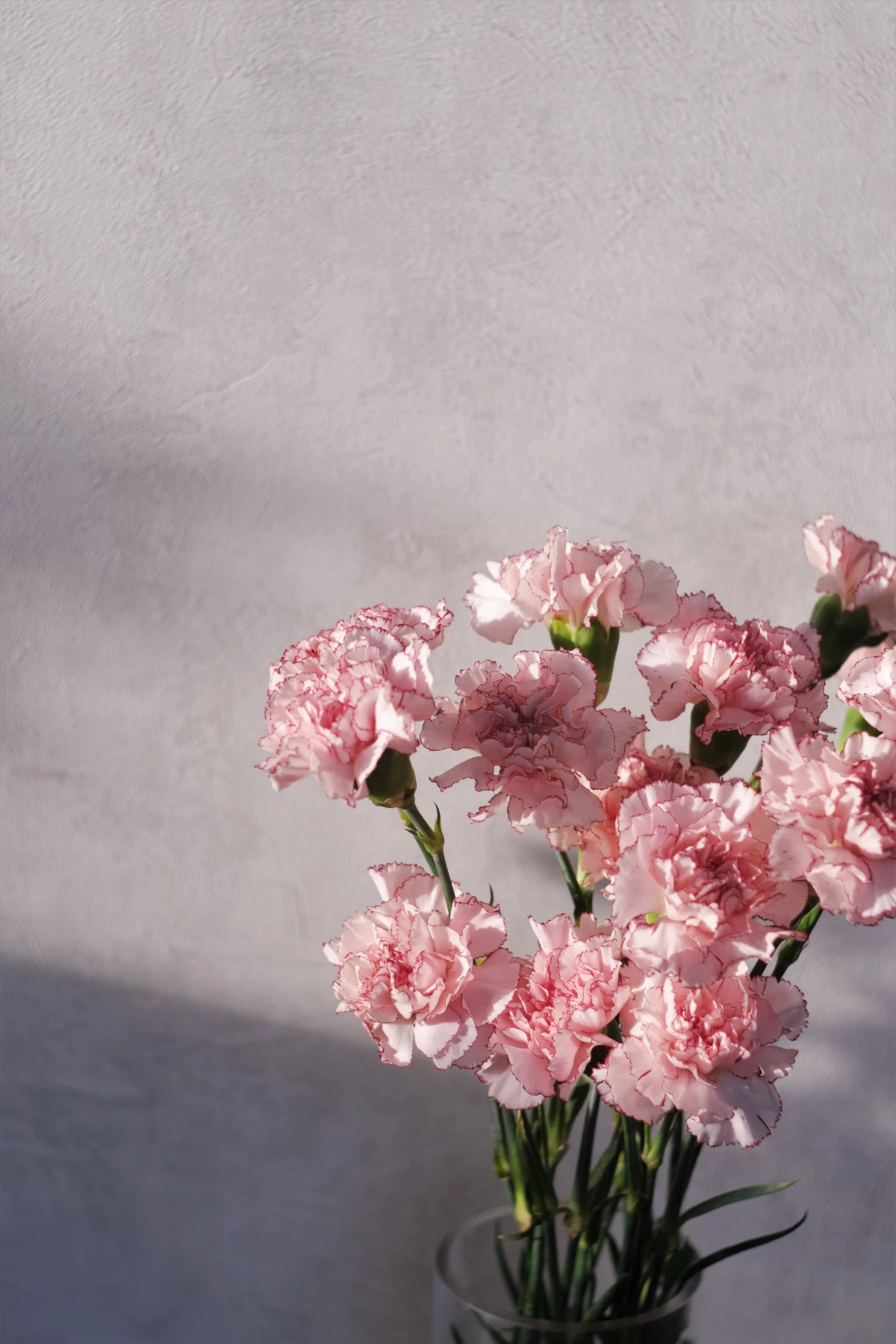
For the Flower Buyer: This is your budget-friendly champion. Carnations are fantastic, long-lasting cut flowers, often looking great for up to two weeks. A single stem usually costs between $1 and $3. The key to their long life is to keep them away from ripening fruit. Seriously. Fruit releases a gas that makes them wilt faster. Try this: Go look at your flower vase right now. Is it next to the fruit bowl? Move it! You just added days to their life.
Secondary Flower: Snowdrop
The snowdrop is pure hope in plant form. Seeing its delicate white flower push through frozen ground is a powerful reminder of resilience. It stands for rebirth and overcoming challenges—pretty perfect for the start of a new year.
You won’t find these sold as cut flowers; their stems are just too short and they wilt almost instantly. Their beauty is really meant for the garden. They grow from bulbs, and the pros know it’s best to plant them “in the green,” which means you plant them in spring right after they’re done flowering. They thrive in shady spots under trees. Grower’s Difficulty: Moderate, mainly because getting the planting right is key.
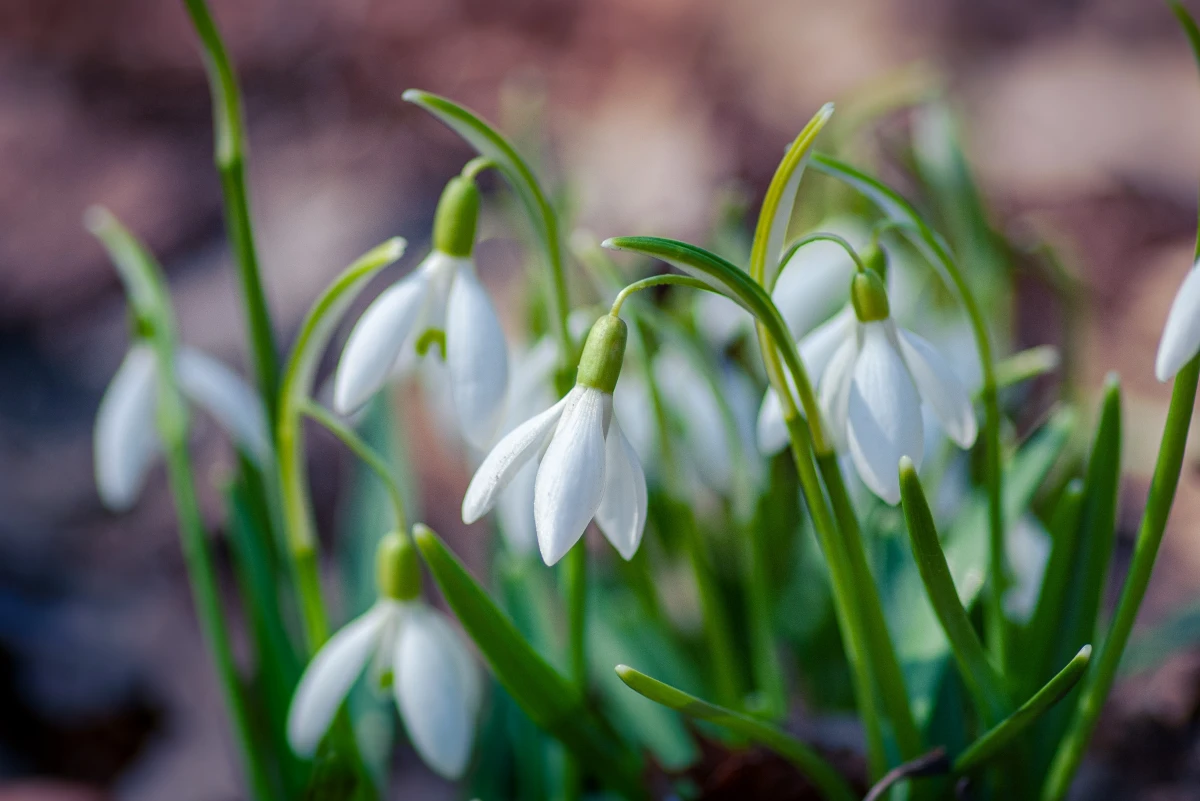
Heads Up! It’s super important to remember that all parts of the snowdrop, especially the bulb, are toxic if eaten. They can look a bit like a tiny onion, so keep them away from pets and kids.
February: The Modest Violet & The Cheerful Primrose
Primary Flower: Violet
The violet is a shy, humble little flower. It often grows low to the ground, and its sweet, subtle scent has made it a favorite for centuries. It symbolizes modesty, faithfulness, and wisdom. It’s a flower of quiet confidence, not loud declarations.
For the Gardener: Violets are perfect for a shady corner of a garden or a pot that doesn’t get blasted by the sun. They like cool, moist conditions. Grower’s Difficulty: Easy. They can sometimes get spider mites in hot, dry weather, but a good spray of water on the leaves usually keeps them away.
Secondary Flower: Primrose
The primrose is another early bloomer that brings a gentle, cheerful light to the end of winter. It represents youth, new beginnings, and protection. Like violets, they don’t last long as cut flowers, so they’re another one that’s best enjoyed in the garden or in a pot on the porch, where they can be a happy first sign of spring.
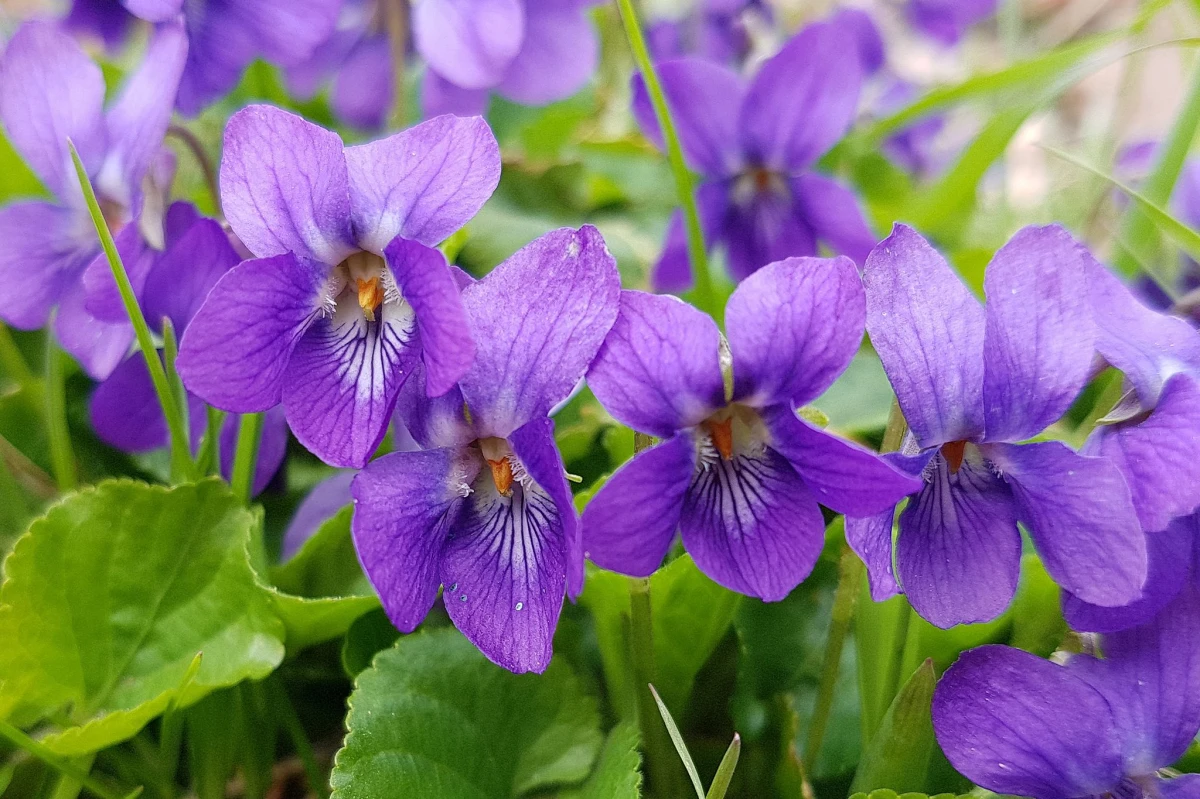
Which to choose? Honestly, both are for enjoying outside rather than in a vase. The violet offers a sweet scent and a gentle, spreading groundcover, while the primrose gives you that instant, cheerful pop of color that says winter is finally over.
March: The Bold Daffodil & The Fragrant Jonquil
Primary Flower: Daffodil
Nothing screams “spring is here!” quite like a field of bright yellow daffodils. These trumpet-shaped flowers are symbols of rebirth, new beginnings, and good fortune.
Symbolism with a Twist: While they represent new starts, they’re also tied to an old story about a character who fell in love with his own reflection. Because of that, they can also serve as a gentle reminder against vanity. It shows that even the brightest things can have a shadow side.
A Florist’s Hard-Learned Lesson: Daffodils release a slimy sap that is toxic to other flowers. I’ll never forget the time I made a huge, expensive arrangement for a client, only to have all the tulips in it die overnight. I learned my lesson about daffodil sap the hard way! To avoid this, you MUST condition them separately. Just stick them in their own bucket of water for at least 12 hours before adding them to a mixed bouquet. Don’t re-cut the stems after that, or they’ll start leaking again.
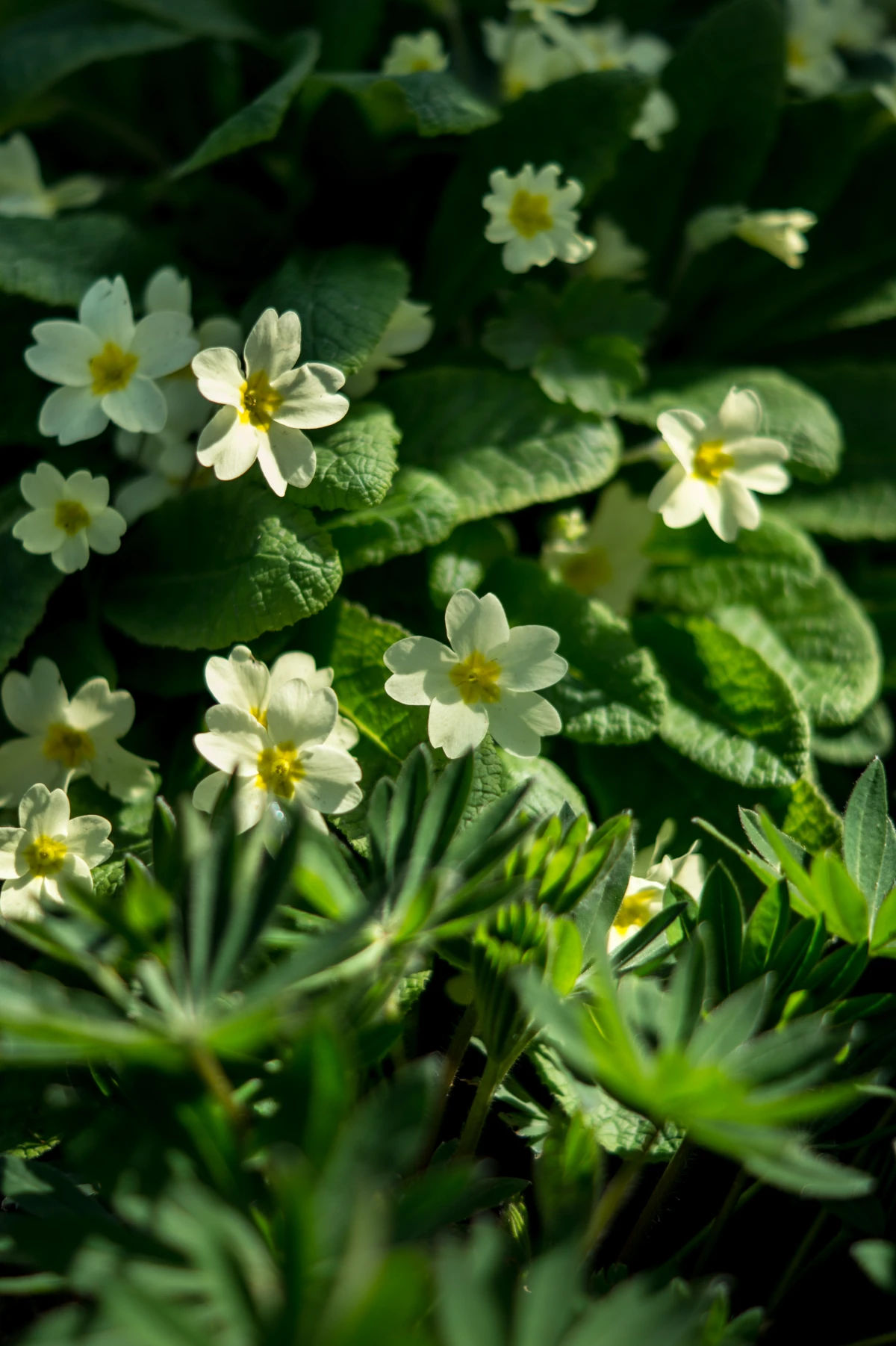
For the Gardener: Daffodils are a dream for both gardens and pots. Grower’s Difficulty: Easy. But please, be so careful: the bulbs look a lot like onions but are highly poisonous. Never, ever plant them in or near a vegetable garden.
Secondary Flower: Jonquil
A jonquil is just a specific type of daffodil, but it’s known for two things: a much stronger, sweeter fragrance and clusters of smaller blooms on each stem. They carry the same meaning as daffodils but with an added note of desiring affection in return. They have the same sap issue, so treat them with the same care!
April: The Innocent Daisy & The Sweet Pea
Primary Flower: Daisy
The common daisy is the flower of pure innocence and simple joys. Its name is thought to come from “day’s eye,” because the petals open at dawn and close at dusk. Daisies represent purity and loyal love. In some old traditions, they were considered a sacred flower for mothers, so they’re a wonderful gift to congratulate a new parent.
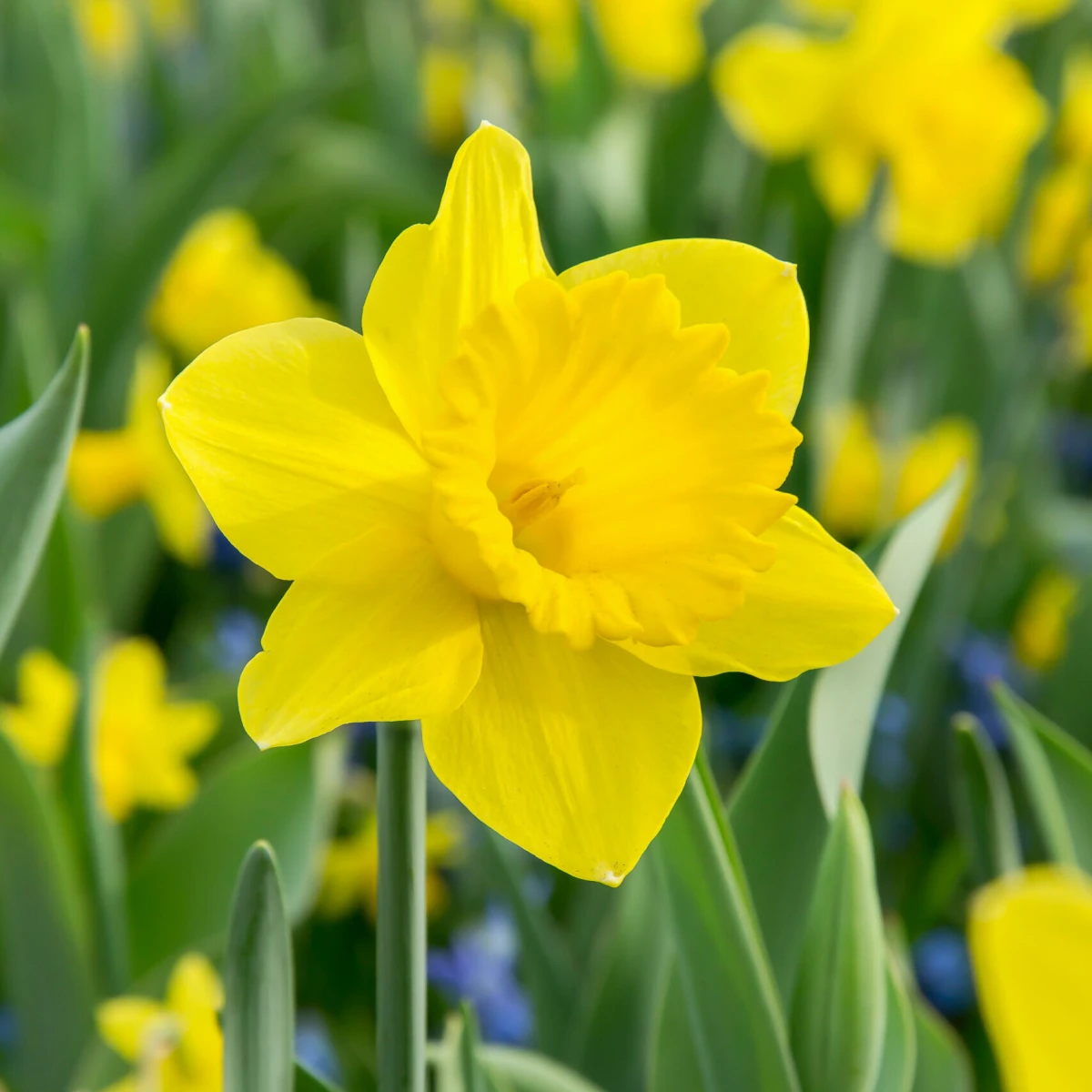
The bigger, bolder daisies you buy from a florist (like Gerbera or Shasta daisies) carry that same cheerful, honest vibe. They’re long-lasting and relatively affordable, usually $2-$4 a stem.
Secondary Flower: Sweet Pea
Oh, the sweet pea. It’s one of my all-time favorites for its absolutely incredible fragrance. These delicate, ruffled blossoms symbolize blissful pleasure and friendship, making them a perfect “thank you” flower. As cut flowers, they’re a bit of a specialty item and can be more expensive. Their vase life is also short—maybe 3-5 days—but that amazing scent makes it completely worth it.
For the Gardener: Sweet peas are climbers, so give them something to grow on. The secret to getting tons of blooms is to cut them constantly. The more you cut, the more they flower! CRITICAL NOTE: Unlike the peas in your veggie patch, sweet pea seeds are toxic if eaten. Keep them separate and be clear about which is which.
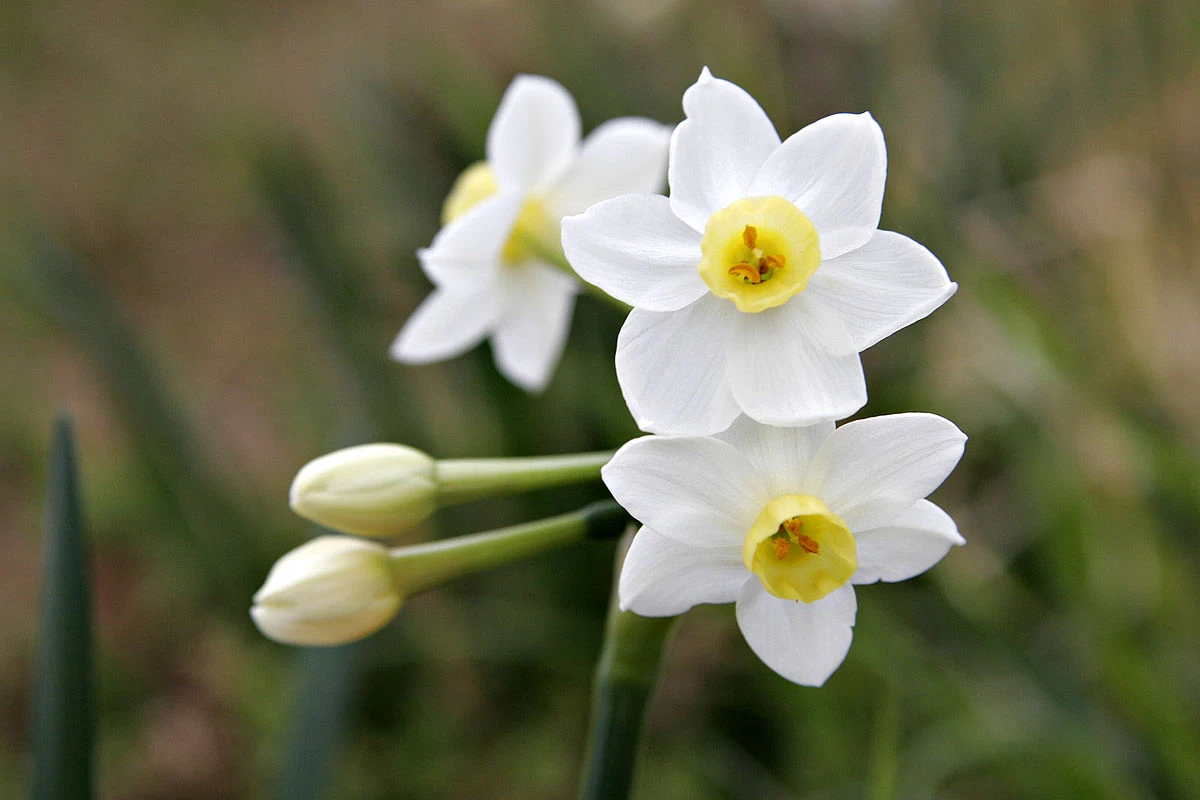
May: The Fragrant Lily of the Valley & The Protective Hawthorn
Primary Flower: Lily of the Valley
This plant’s tiny, bell-shaped flowers have one of the most beautiful and unmistakable scents in the entire world. It symbolizes sweetness, humility, and the return of happiness, and it’s often associated with motherhood. It’s a timeless, elegant choice that you’ll often see in classic wedding bouquets.
A Word on Cost and Safety: Heads up, this one is a luxury. The stems are delicate and the season is short, so a tiny bunch can easily cost $20 or more. Grower’s Difficulty: Tricky. It needs just the right shady, moist conditions. And I cannot stress this enough: every single part of this plant is highly poisonous. Even the water it sits in is toxic. If you have small children or curious pets, I honestly recommend admiring this one from afar.
Secondary Flower: Hawthorn
The hawthorn is a tree whose branches get covered in white or pink blossoms in May. It’s a symbol of hope, love, and protection. In old folklore, it was considered a sacred plant. While the flowers are lovely, its thorny branches are a good reminder that beauty and protection often go hand-in-hand. This one is best enjoyed out in nature, not in a vase.
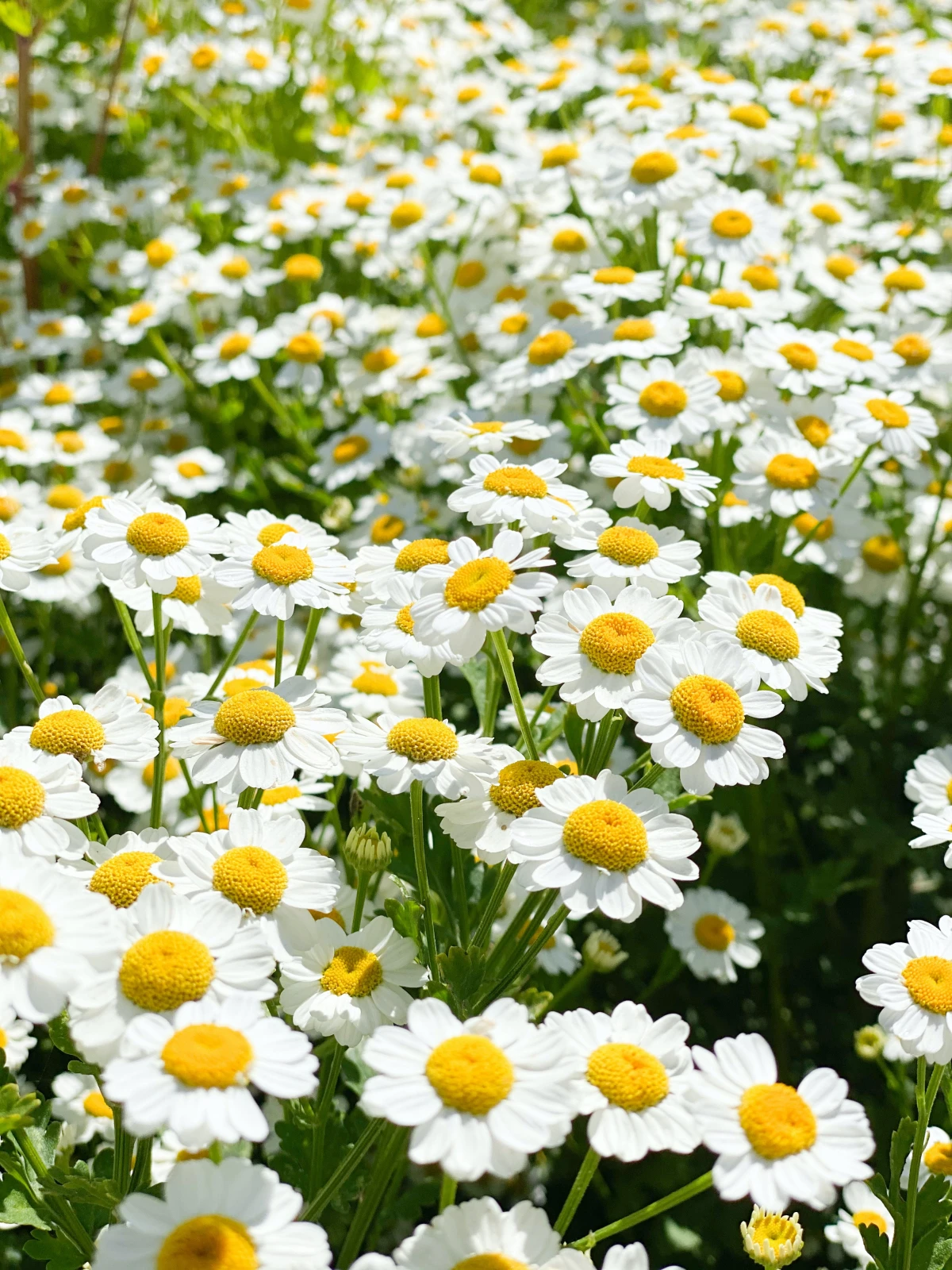
June: The Classic Rose & The Sweet Honeysuckle
Primary Flower: Rose
The rose is probably the most famous flower on the planet, and for good reason. As the birth flower for June, a month full of sunshine and weddings, it perfectly represents love and beauty. Like carnations, the color is the message: red for passion, pink for admiration, yellow for friendship, and white for purity.
For the Buyer: Cost-wise, roses are all over the place. You can grab standard roses for $2-$3 a stem at the grocery store, but a big, lush, fragrant garden rose from a florist could easily run you $7-$10 per stem.
For the Gardener: Many rose varieties do great in large pots, as long as they get lots of sun. Grower’s Difficulty: Moderate. The biggest challenge is preventing disease. Pro tip: when you prune, focus on opening up the center of the bush. Good air circulation is the best way to prevent common issues like black spot without needing chemicals.
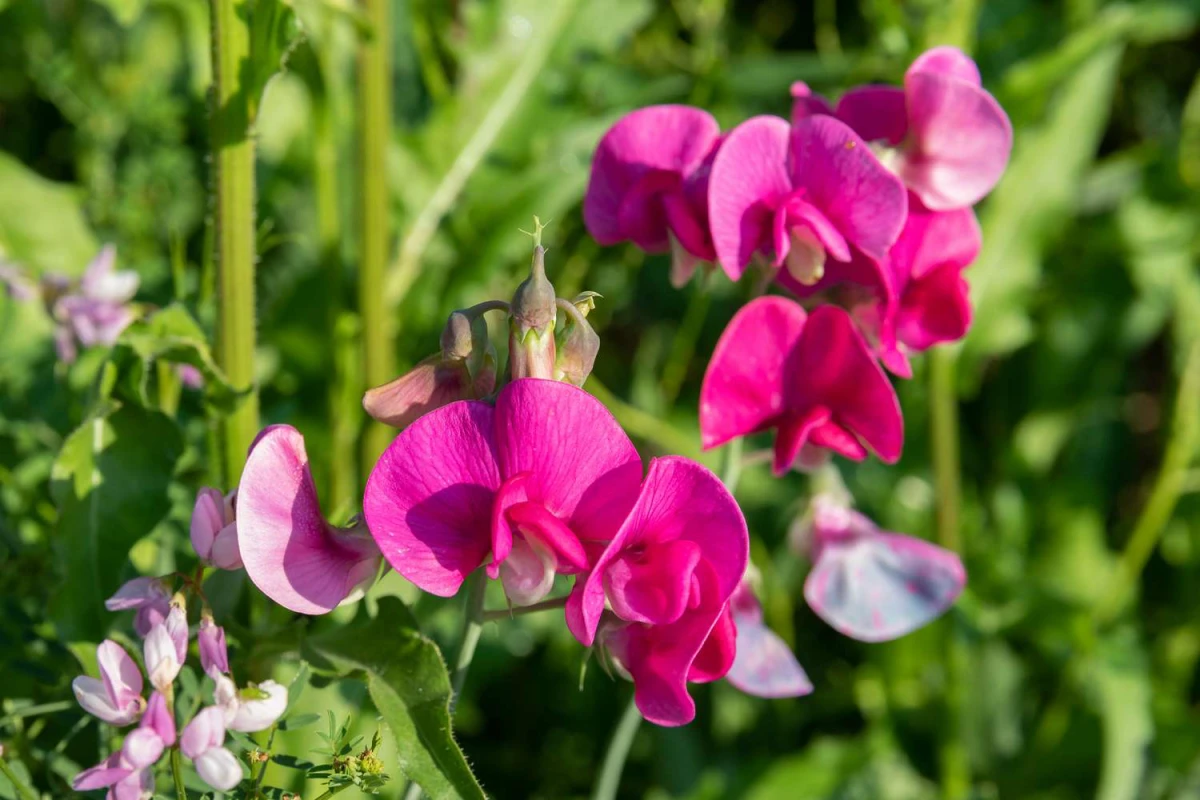
Secondary Flower: Honeysuckle
The scent of honeysuckle on a warm summer evening is just unforgettable. This climbing vine represents the everlasting bonds of love, perfectly symbolized by the way it wraps itself so tightly around a trellis or fence. It’s not really a cut flower, but it’s a must-have for a fragrant garden.
July: The Breezy Larkspur & The Serene Water Lily
Primary Flower: Larkspur
Larkspur’s tall, beautiful spires of flowers are perfect for adding height and a wildflower feel to a garden or bouquet. They stand for an open heart, lightness, and levity—a perfect mood for July. Dwarf varieties can work in deep pots, but they’re happiest in the ground. Grower’s Difficulty: Moderate. Just be aware that all parts of the plant are toxic, so handle with care.
Secondary Flower: Water Lily
The water lily is a flower of pure tranquility. The way it rises from the mud to float beautifully on the water gives it a deep meaning of purity, enlightenment, and rebirth. It’s a central flower in many spiritual traditions. Growing them is a commitment since you need a pond or a large water feature, but their beauty is second to none.
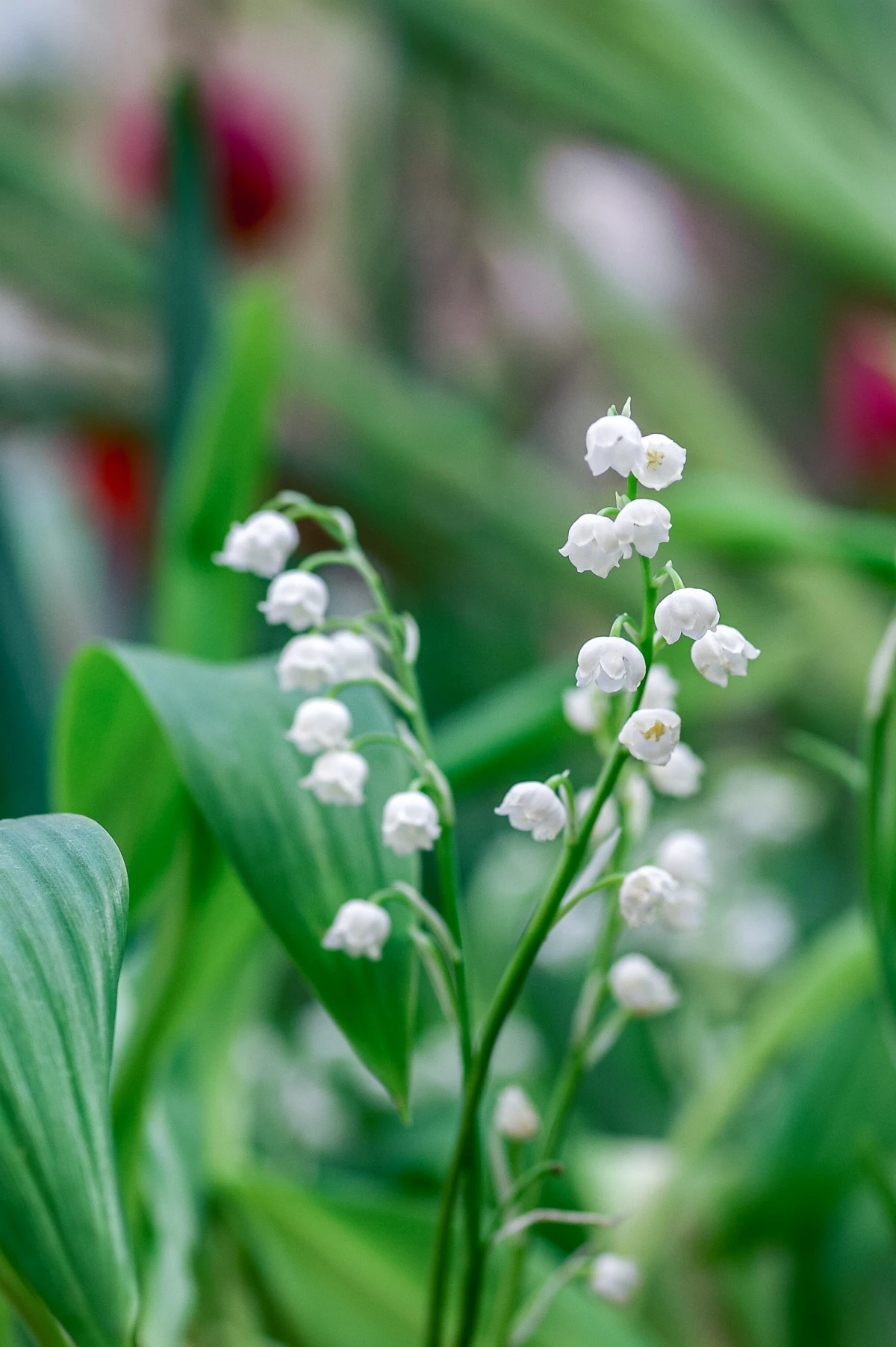
So for July… Larkspur is for a beautiful, breezy bouquet. The water lily is a meditative garden feature. One is for picking, the other for pondering.
August: The Strong Gladiolus & The Poetic Poppy
Primary Flower: Gladiolus
This dramatic flower gets its name from the Latin word for “sword,” and it represents strength of character, integrity, and remembrance. Growing from bulb-like corms, they are easy to plant in both gardens and deep, heavy pots. Grower’s Difficulty: Easy. A pro tip for a longer blooming season is to plant a new batch of corms every two weeks from late spring into early summer. This gives you a continuous supply of flowers.
Secondary Flower: Poppy
The poppy is a powerful flower. It can symbolize everything from sleep and peace to remembrance and imagination. The red poppy famously became a symbol of remembrance for soldiers after they grew on the battlefields of a major historical conflict.
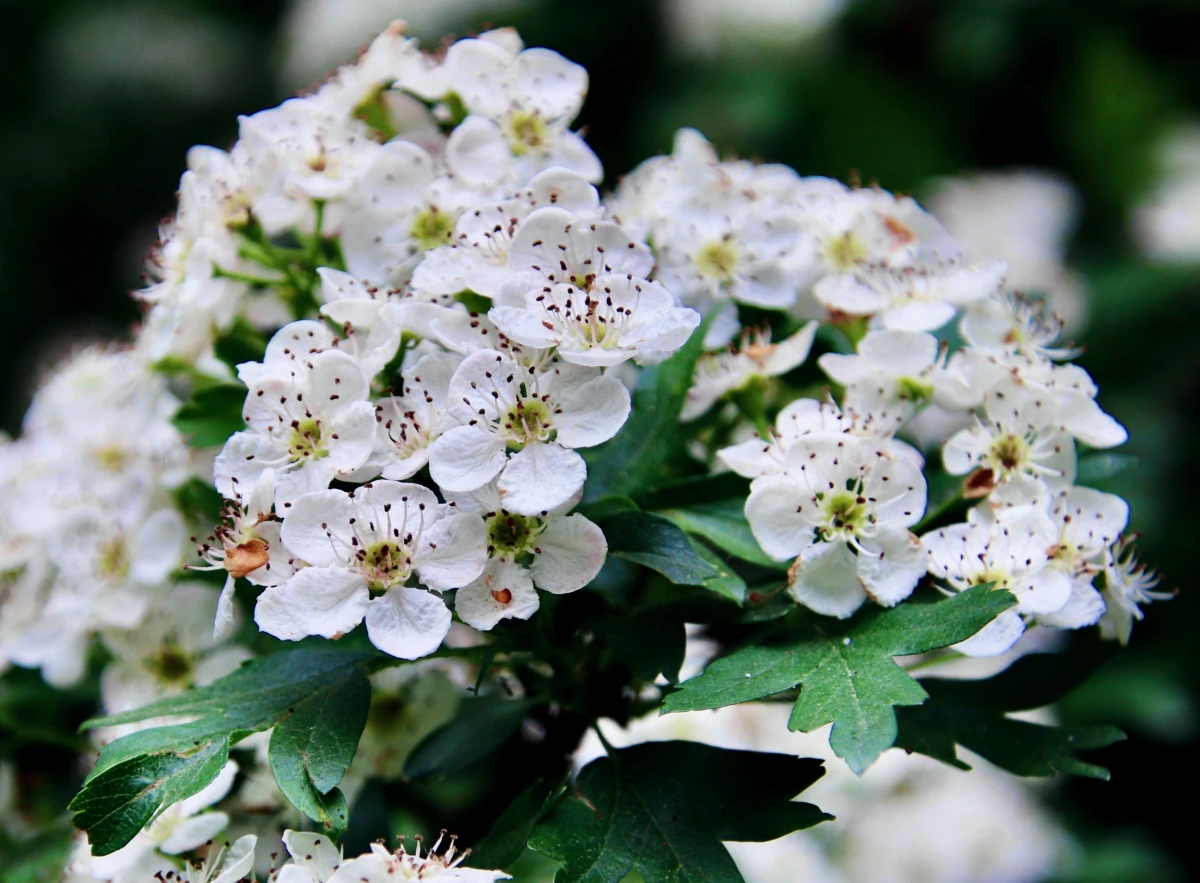
A Florist’s Secret: Poppies are famously difficult as cut flowers and can wilt in hours. But I have a trick! This sounds weird, but it’s a game-changer. Immediately after cutting, sear the very tip of the stem with a lighter for about 7-10 seconds until it looks sealed. It smells a little weird, but trust me, it’s the only way to get them to drink water and last in a vase.
September: The Starry Aster & The Fleeting Morning Glory
Primary Flower: Aster
Asters are the superstars of the fall garden. Their name even means “star” in Greek! Just as other flowers are starting to fade, asters explode with color, providing a vital late-season meal for bees. They symbolize love, wisdom, and faith. They are fantastic in pots for a pop of autumn color on your patio. Grower’s Difficulty: Easy.
Secondary Flower: Morning Glory
The morning glory is a lesson in appreciating the moment. Its beautiful flowers unfurl at dawn and are gone by the afternoon, symbolizing love and the beauty of a life fully lived. In the garden, be warned: they can be aggressive self-seeders, so plant them where you can keep them contained.
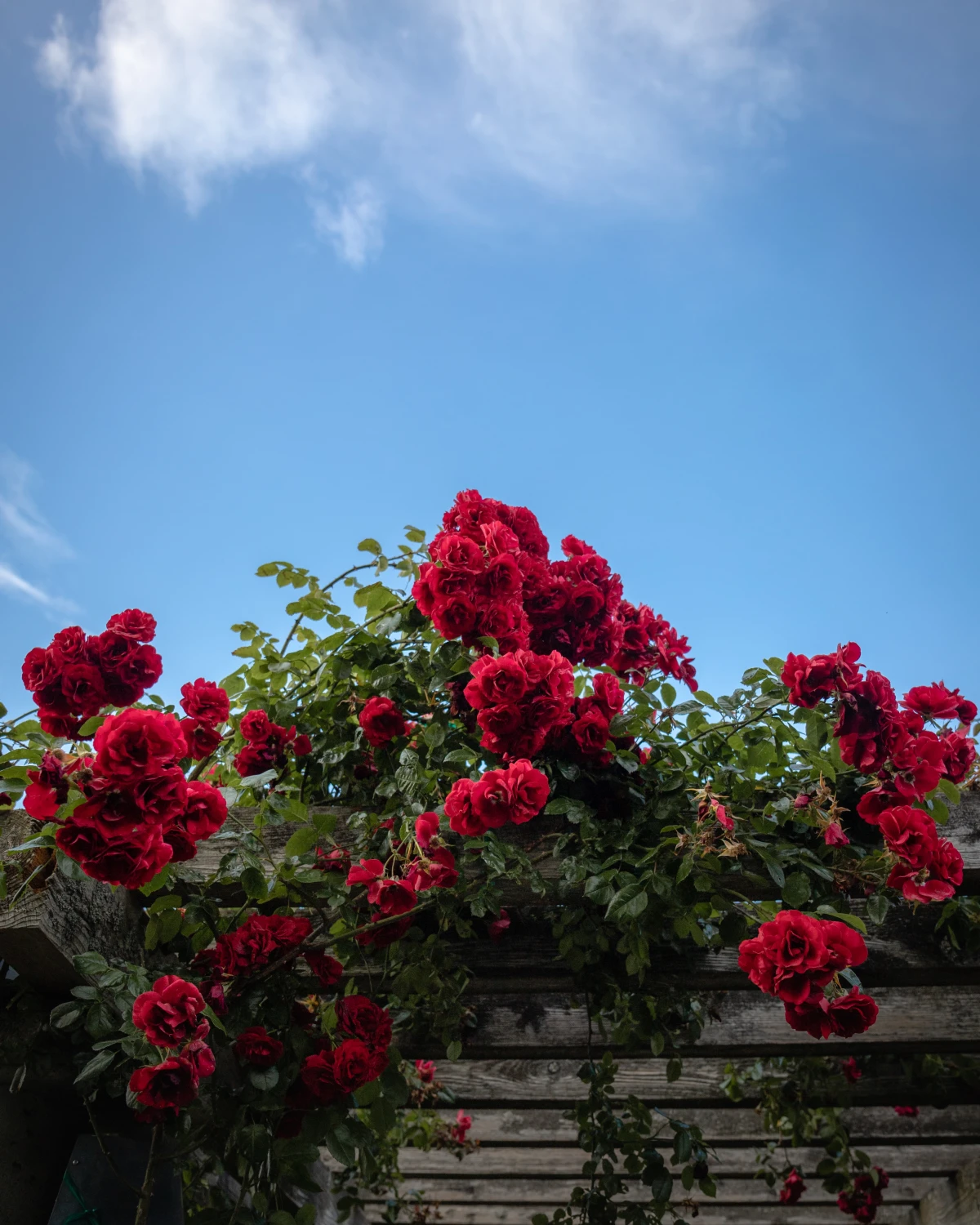
October: The Fiery Marigold & The Harmonious Cosmos
Primary Flower: Marigold
With their fiery orange and yellow colors, marigolds are the perfect October flower. They represent passion, creativity, and fierce love. In some cultures, their bright color is believed to help guide spirits home during festivals of remembrance. They are also a workhorse in the garden. I often recommend planting them in vegetable beds, as they can help deter pests in the soil. Grower’s Difficulty: Dead Easy. They are one of the best and easiest flowers for pots.
Secondary Flower: Cosmos
Cosmos are delicate, airy flowers that bring a sense of order and harmony—which is exactly what their Greek name, kosmos, means. They represent peace, tranquility, and balance. They are incredibly easy to grow from seed and will bloom their hearts out all the way until the first frost.
November: The Cheerful Chrysanthemum & The Luxurious Peony
Primary Flower: Chrysanthemum
The chrysanthemum, or “mum,” is a global superstar. Its meaning can change depending on where you are. In some Eastern cultures, it’s a symbol of royalty and honor. In parts of Europe, it’s used for sympathy. But in North America, it’s the cheerful, go-to flower for all things autumn. Generally, they symbolize friendship, joy, and long life.
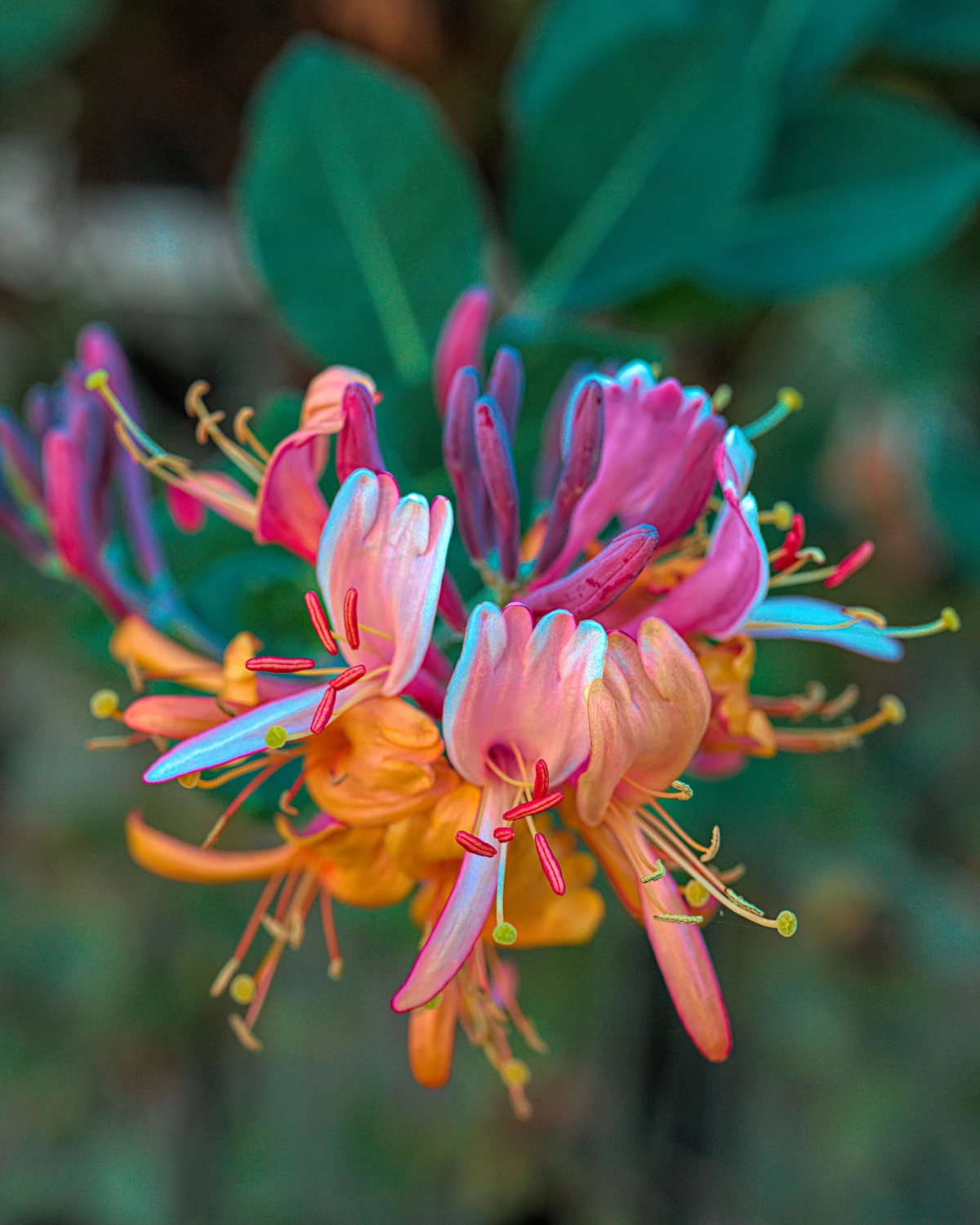
They are great for seasonal pots, and they’re one of the most affordable fall flowers you can buy. Grower’s Difficulty: Easy.
Secondary Flower: Peony
Wait, a spring flower for November? It’s an odd one, for sure. The tradition probably comes from the peony’s symbolism—it represents prosperity, good fortune, and a happy marriage. Perhaps it’s included here as a wish for good things to come during the darker months. Thanks to global farming, florists can get peonies almost year-round now, but be prepared for sticker shock. An out-of-season peony can cost $15 or even more for a single stem.
December: The Festive Holly & The Fragrant Paperwhite
Primary Flower: Holly
Okay, it’s a shrub, not a flower, but holly is the iconic plant of the winter holidays. Its glossy green leaves and bright red berries are a welcome sight in a barren landscape, symbolizing peace and happiness. A fun fact for gardeners: to get those famous red berries, you need both a male and a female holly plant growing near each other. Also, remember those festive berries are toxic to people and pets.
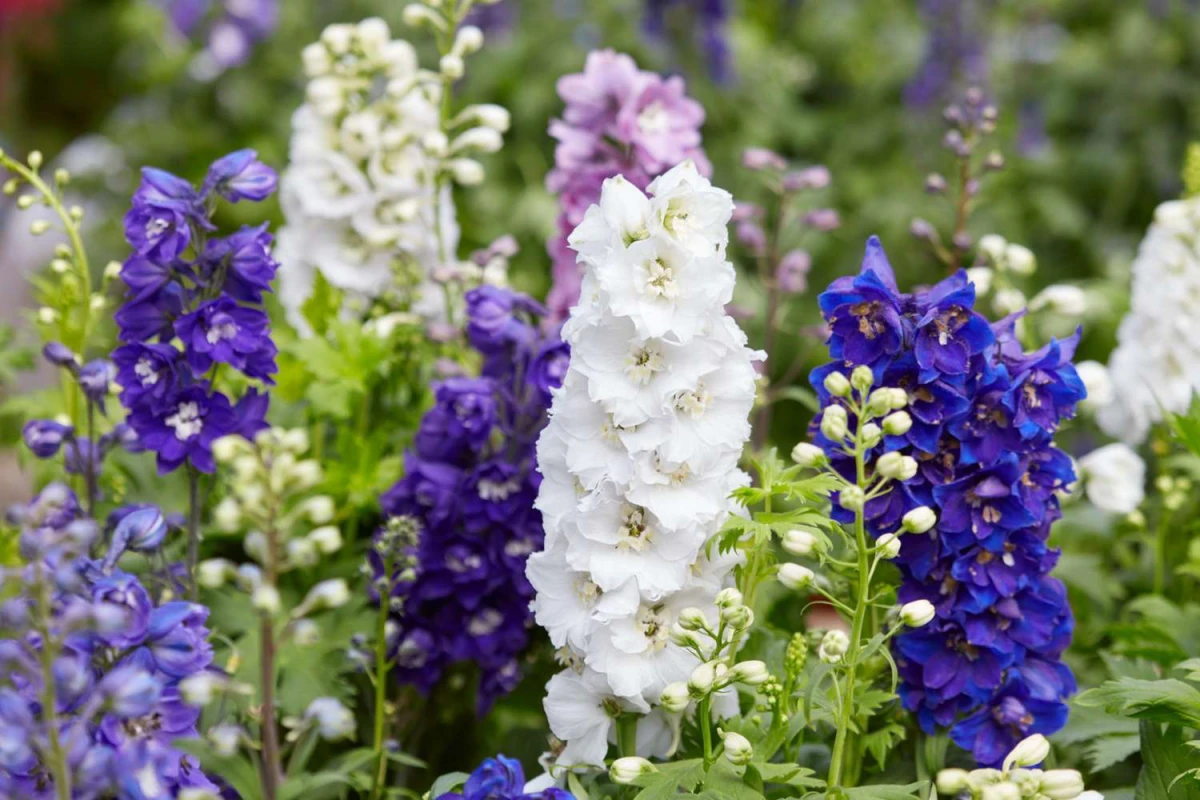
Secondary Flower: Paperwhite Narcissus
These are a special type of narcissus that are often “forced” to bloom indoors during winter. They symbolize faithfulness and a pure, simple start to the new year. Want to try it? It’s easier than you think!
Quick Guide to Forcing Paperwhites:
- Find a shallow dish and fill it with an inch or two of pebbles or marbles.
- Settle the bulbs, pointy-end up, into the pebbles so they’re stable.
- Add water until it just touches the very bottom of the bulbs. Don’t submerge them!
- Keep the dish in a cool, dark spot (like a closet or garage) for about 2 weeks, until roots develop.
- Move it to a sunny window. You should have beautiful, fragrant blooms in about 3-4 weeks!
Oh, and one last thing on paperwhites: their scent is very strong. Some people adore it, others… not so much. Maybe start with a small pot before you commit to a whole forest of them!
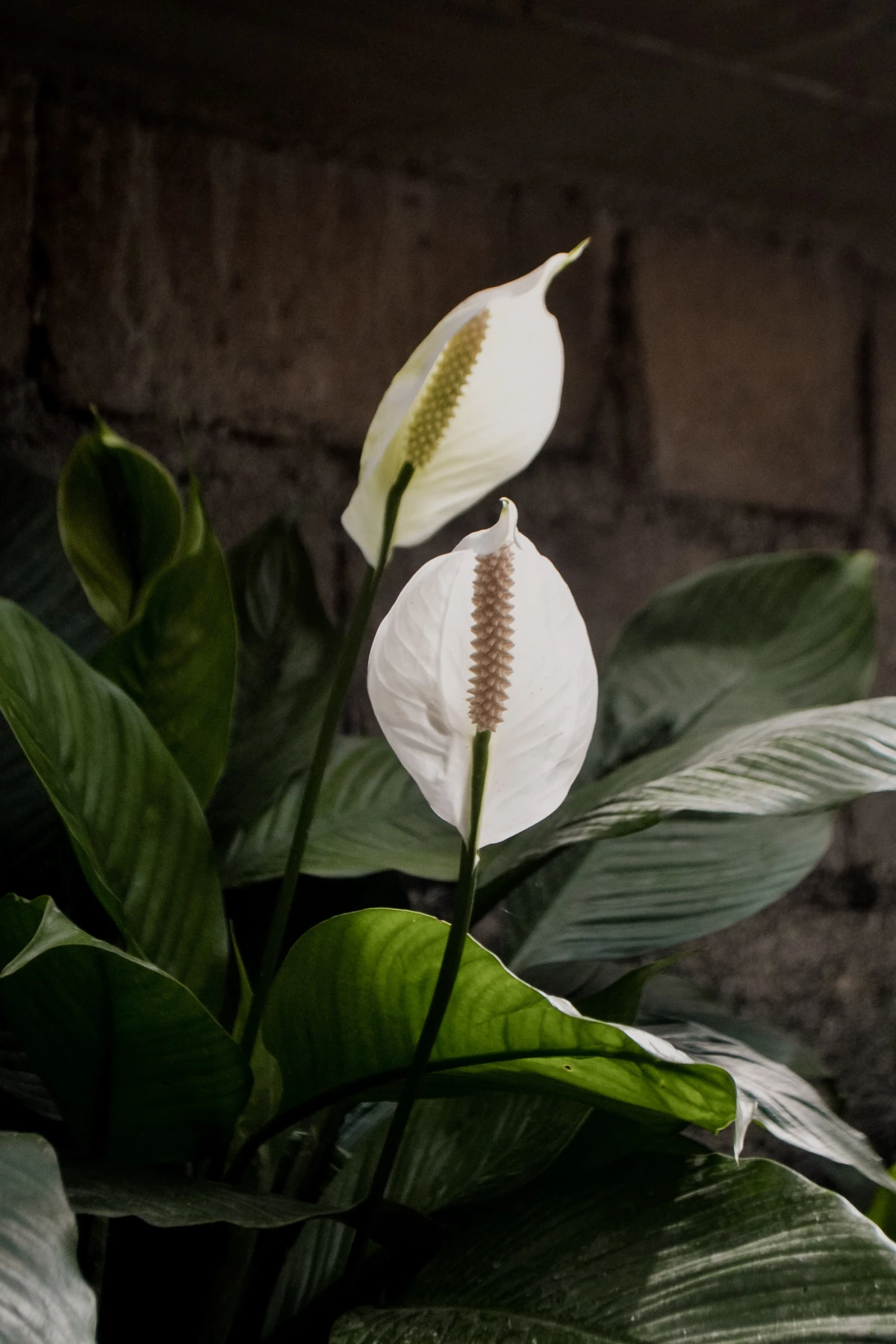
A Final Thought from the Flower Shop
These traditions are a wonderful way to connect with the seasons, but don’t let them box you in. The real magic happens when you find a flower that speaks to you. Whether you plant your birth flower in a pot, enjoy a bouquet on your table, or just admire them in a neighbor’s garden, I hope this guide helps you see the deeper story behind each bloom. Nature is the best teacher, after all.
Galerie d’inspiration
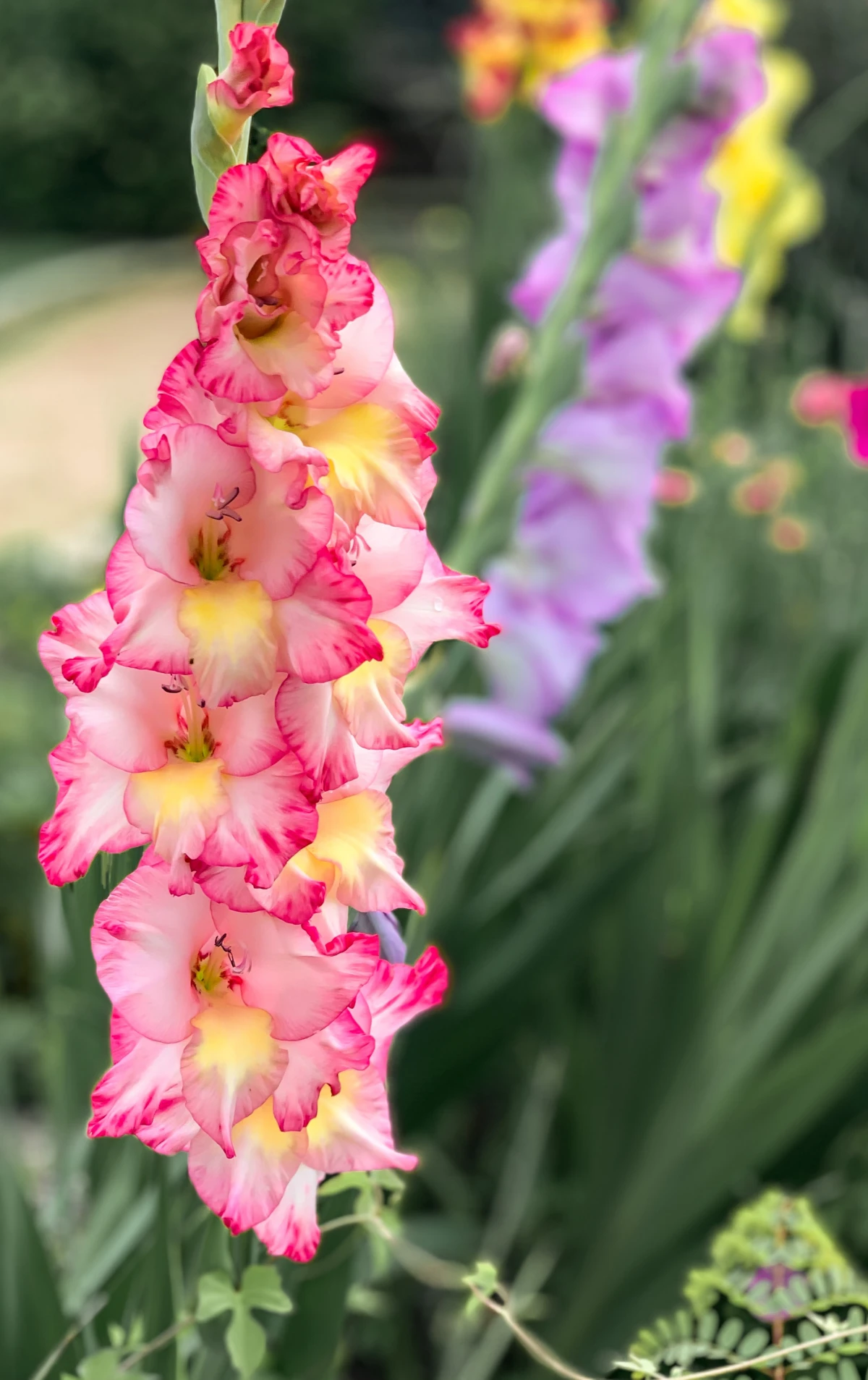
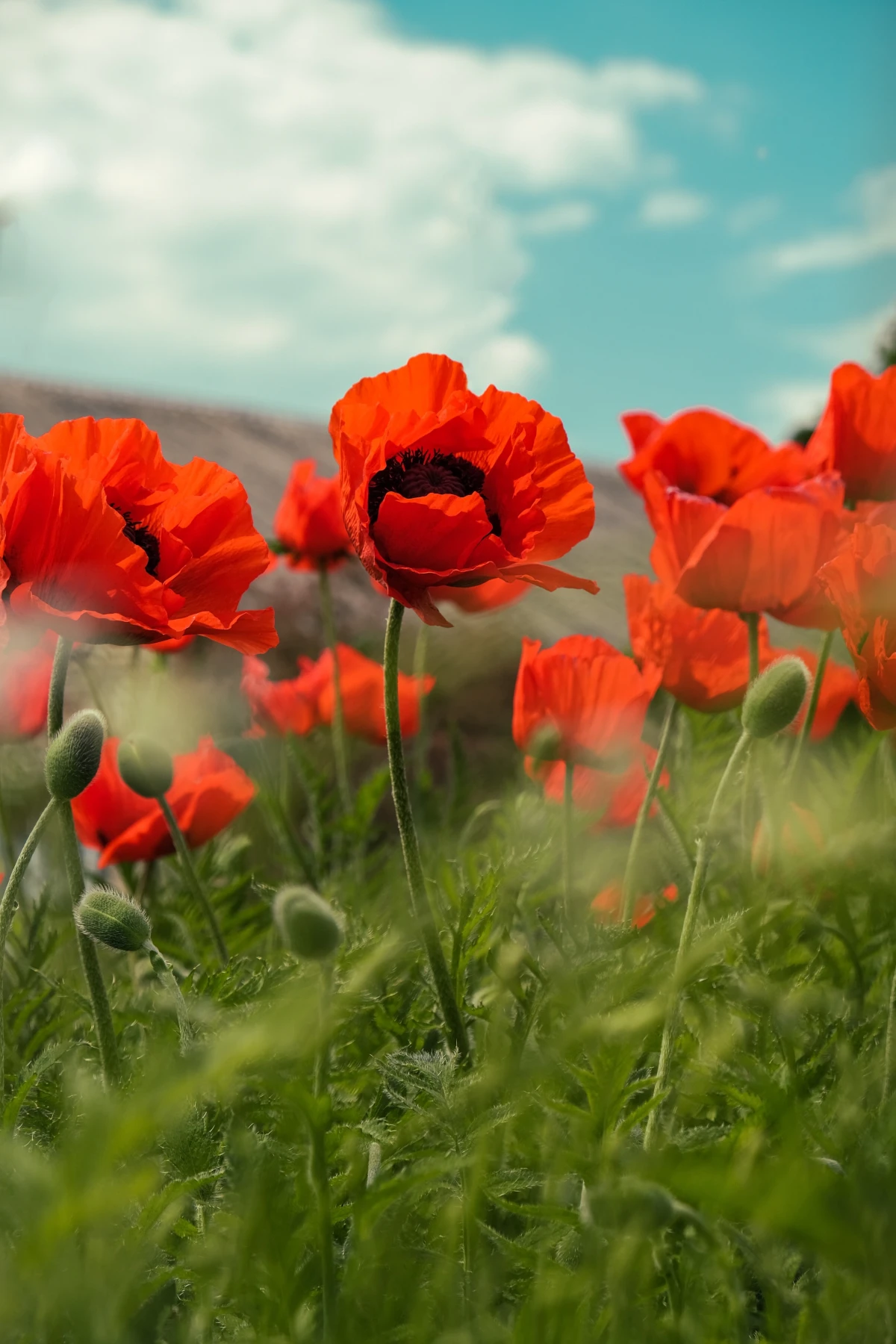
- A clean vase is non-negotiable. Any lingering bacteria will shorten your flowers’ life.
- Cut stems at a 45-degree angle under running water to increase the surface area for water absorption.
- Change the water completely every two days, adding fresh flower food each time.
- Remove any leaves that will sit below the waterline to prevent rot.
The secret to a long-lasting bouquet? A little daily attention.
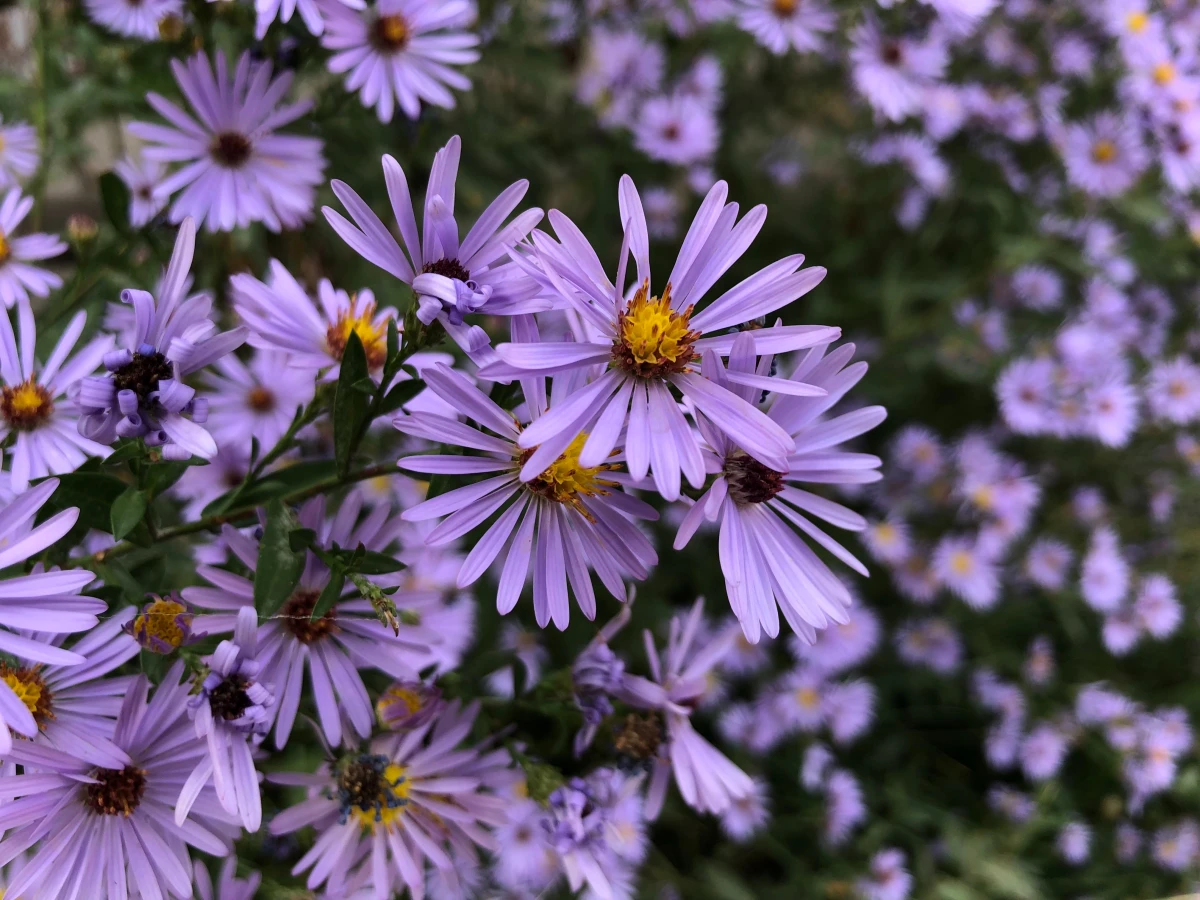
Can I really grow my birth flower in a small space?
Absolutely! Many popular birth flowers thrive in containers. Asters (September) and marigolds (October) are fantastic choices for sunny balconies. For shadier spots, try violets (February). The key is choosing a large enough pot to allow for root growth—at least 12 inches in diameter is a good start—and using a high-quality potting mix like Miracle-Gro Potting Mix to ensure proper nutrients and drainage.
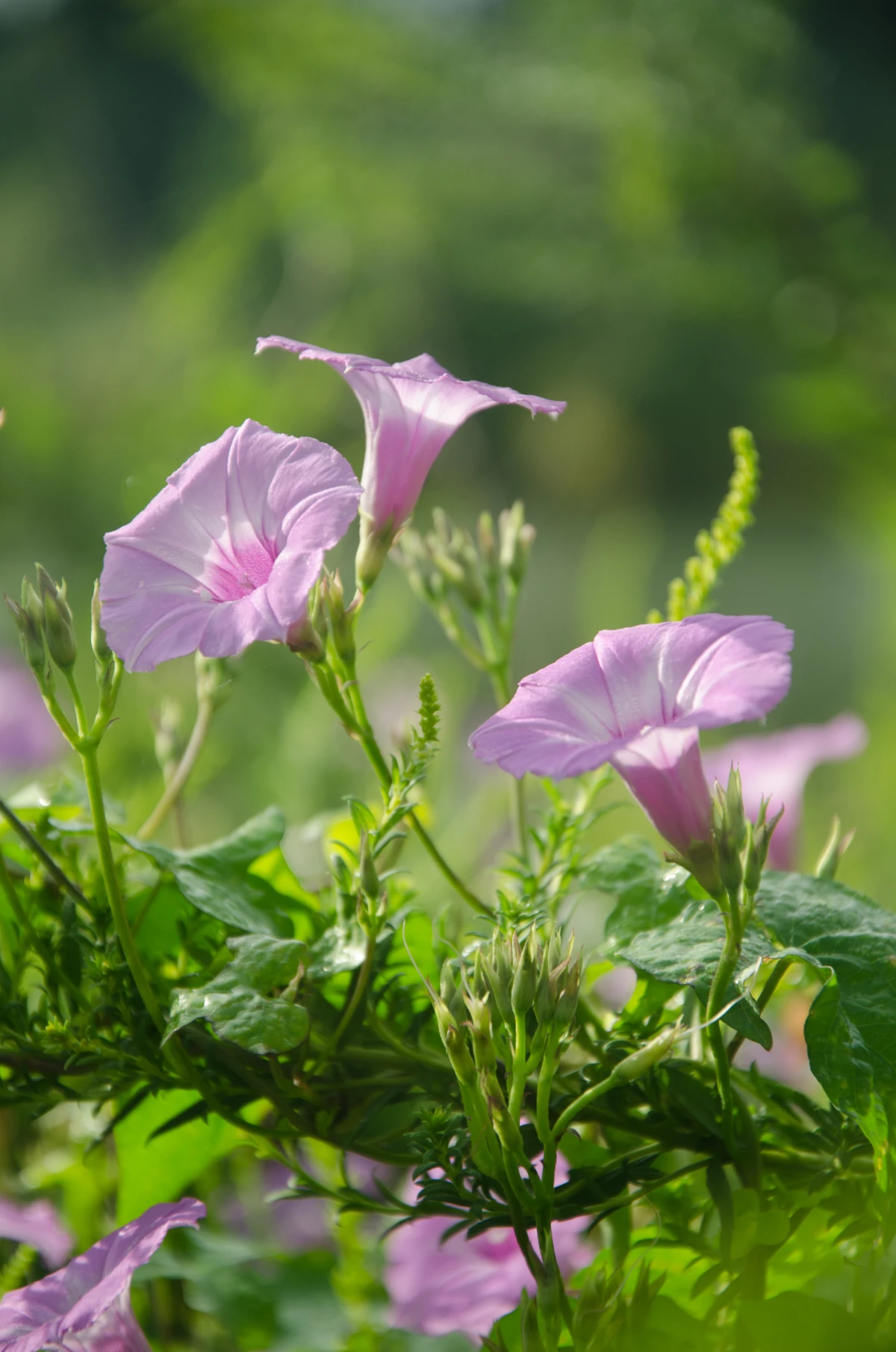
The Victorian-era obsession with floriography, the “language of flowers,” was so detailed that entire dictionaries were published to help decipher the meanings of bouquets. A yellow carnation, for instance, conveyed disdain, while a red poppy offered consolation.
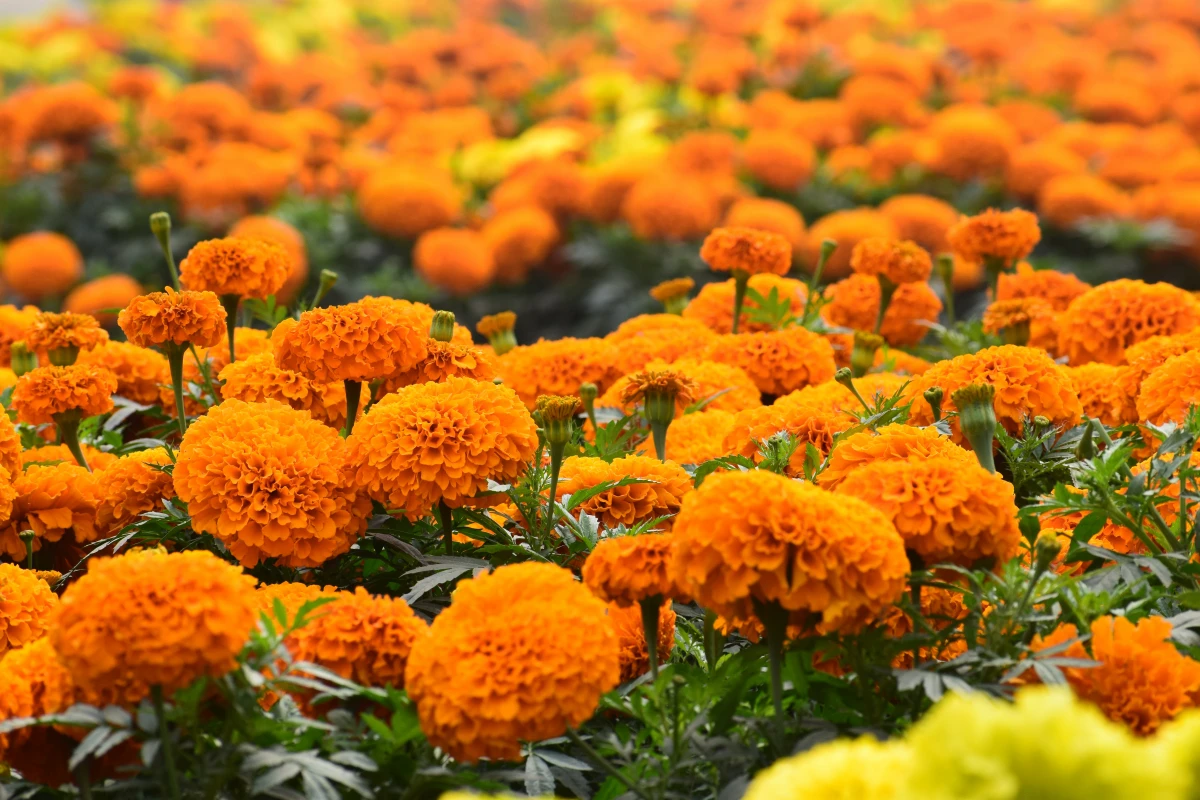
The right tool for the job: Not all cutting tools are created equal when it comes to flowers. For woody stems like holly (December) or roses (June), a sturdy pair of bypass shears from a brand like Felco is ideal. For more delicate stems like poppies (August) or daffodils (March), a simple, sharp floral knife or a pair of lightweight Fiskars micro-tip snips will give you a clean cut without crushing the fragile water-uptake channels.
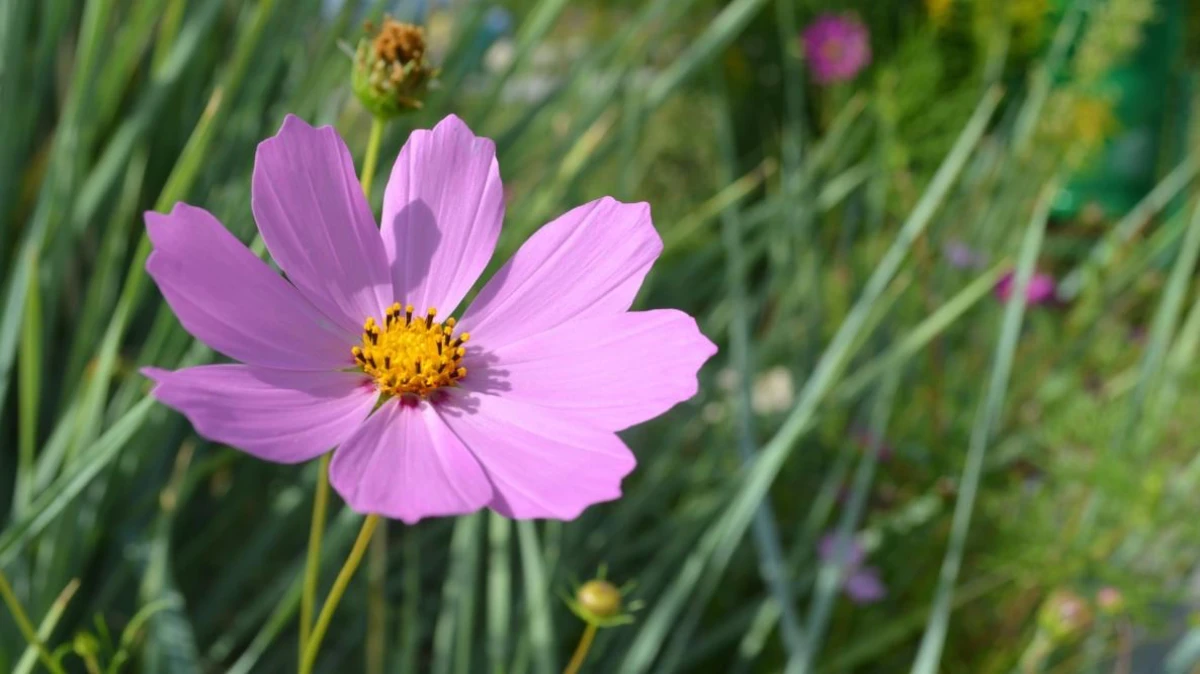
Combine the birth flowers of your family members into one meaningful arrangement. Imagine a “Family Bouquet” blending the proud gladiolus of an August-born parent with the cheerful daffodil of a March child and the delicate larkspur of a July baby. It’s a living, breathing representation of your family tree, perfect as a centerpiece for a special occasion or even as a planting guide for a corner of your garden.
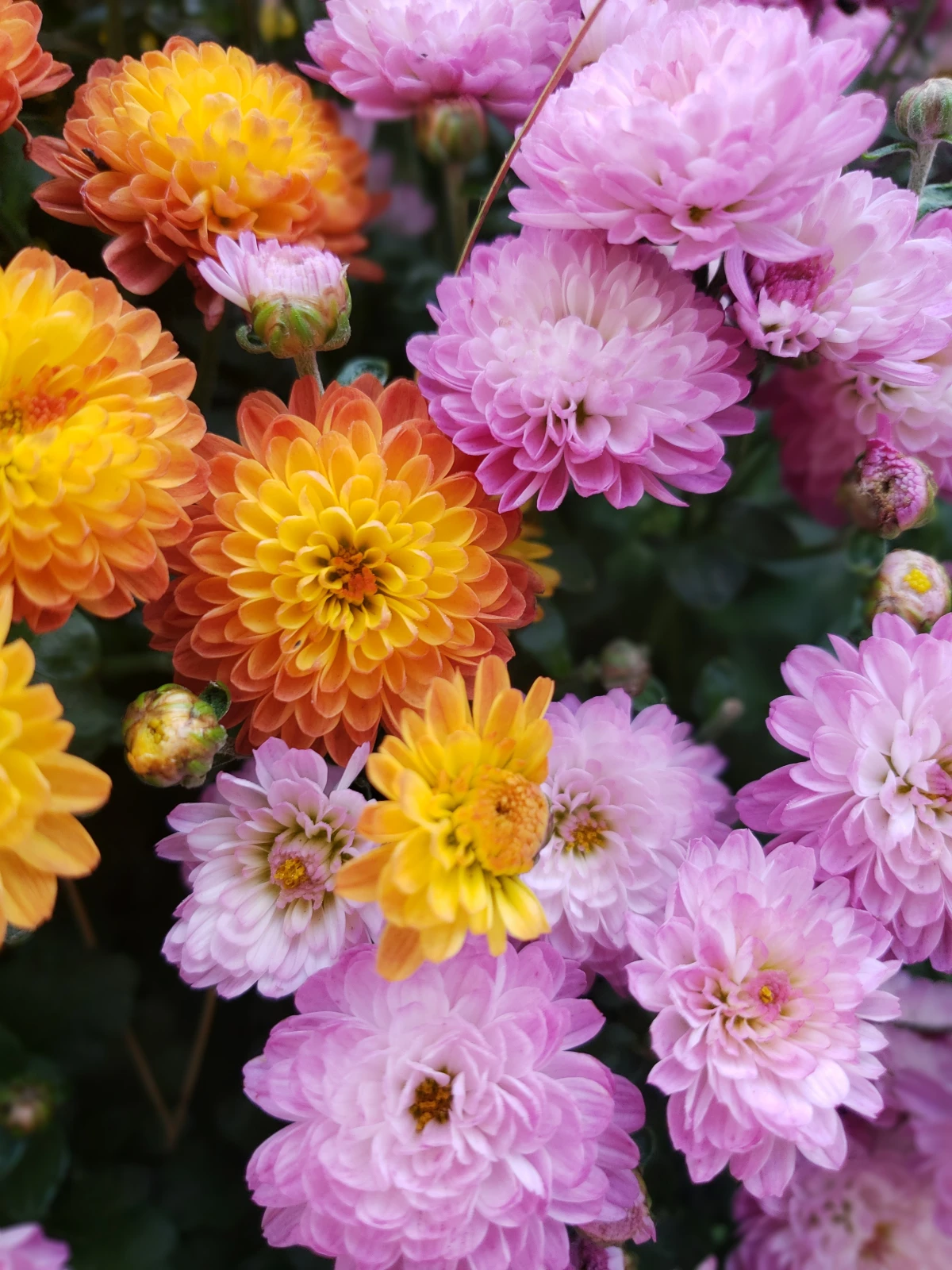
A critical mistake to avoid: Never place your beautiful bouquet next to your fruit bowl! As fruits ripen, they release ethylene gas, an invisible and odorless hormone that signals to flowers that it’s time to mature, drop their petals, and wilt. It’s the fastest way to shorten the life of your precious blooms.
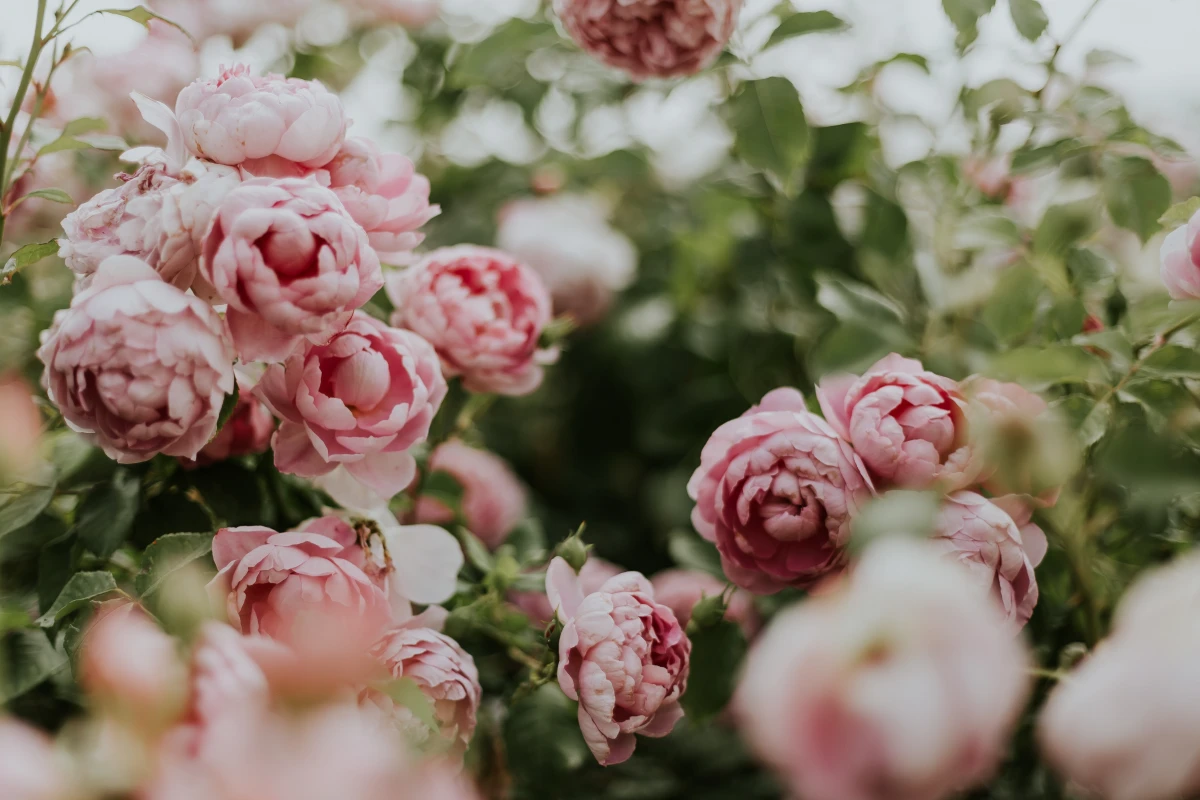
Consider a modern, permanent tribute to your birth flower. Floral tattoos have become an incredibly popular way to carry this personal symbolism with you always. From a single, fine-line narcissus on an ankle to a full-color sleeve featuring the vibrant cosmos, it’s a beautiful, artistic interpretation of this age-old tradition.
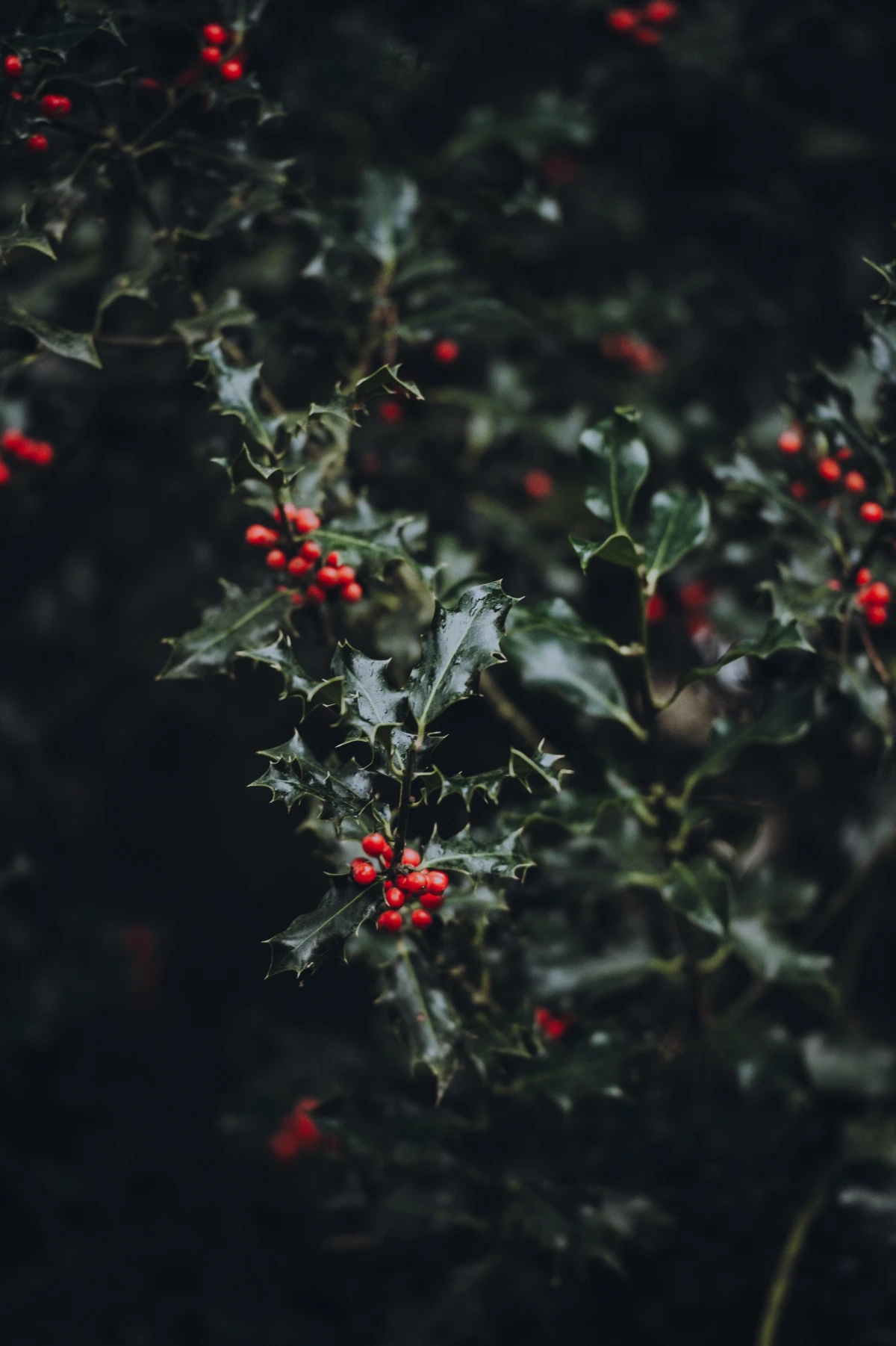
A 2018 study found that 80% of cut flowers sold in the U.S. are imported, primarily from South America.
While global logistics make it possible to get almost any flower year-round, choosing a locally-grown, seasonal bloom significantly reduces its carbon footprint. Asking your florist for local options or visiting a nearby flower farm not only supports your community but also ensures you’re getting the freshest, most sustainable stems possible.
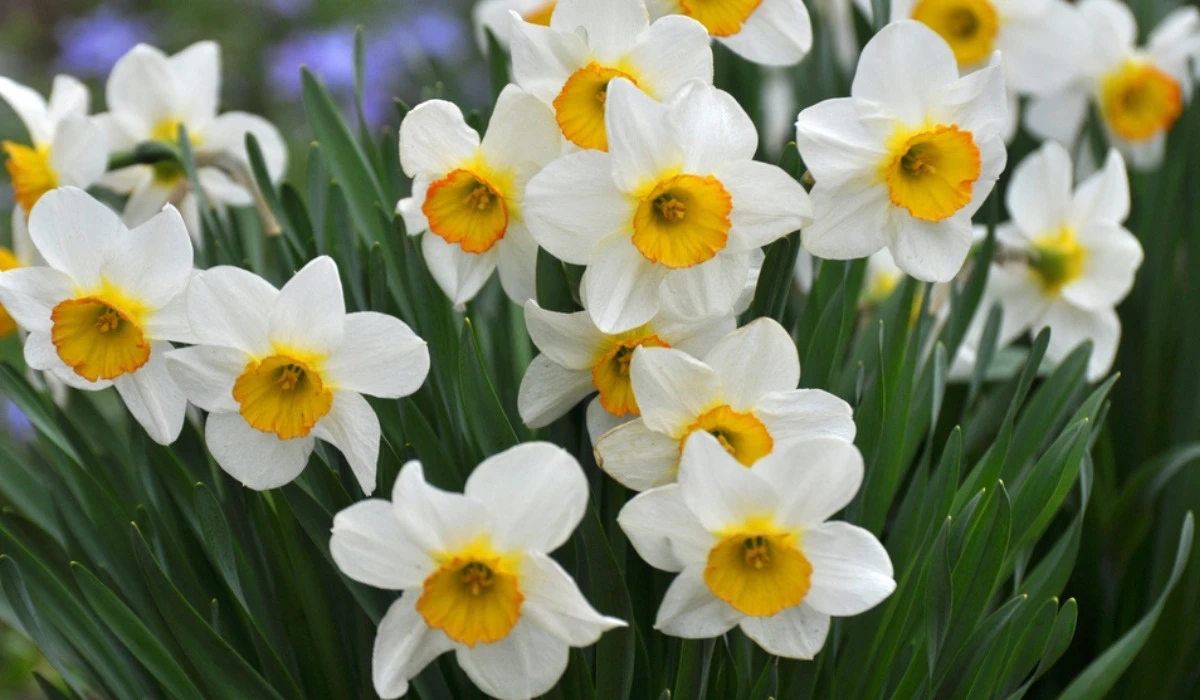
- It creates a strong, sculptural statement.
- It highlights the unique shape and texture of a single perfect bloom.
- It fits effortlessly into minimalist and modern decor.
The trick? Choosing the right vessel. A tall, slender vase is perfect for a gladiolus or larkspur, while a small, weighty bud vase will beautifully anchor a heavy-headed peony or mum.
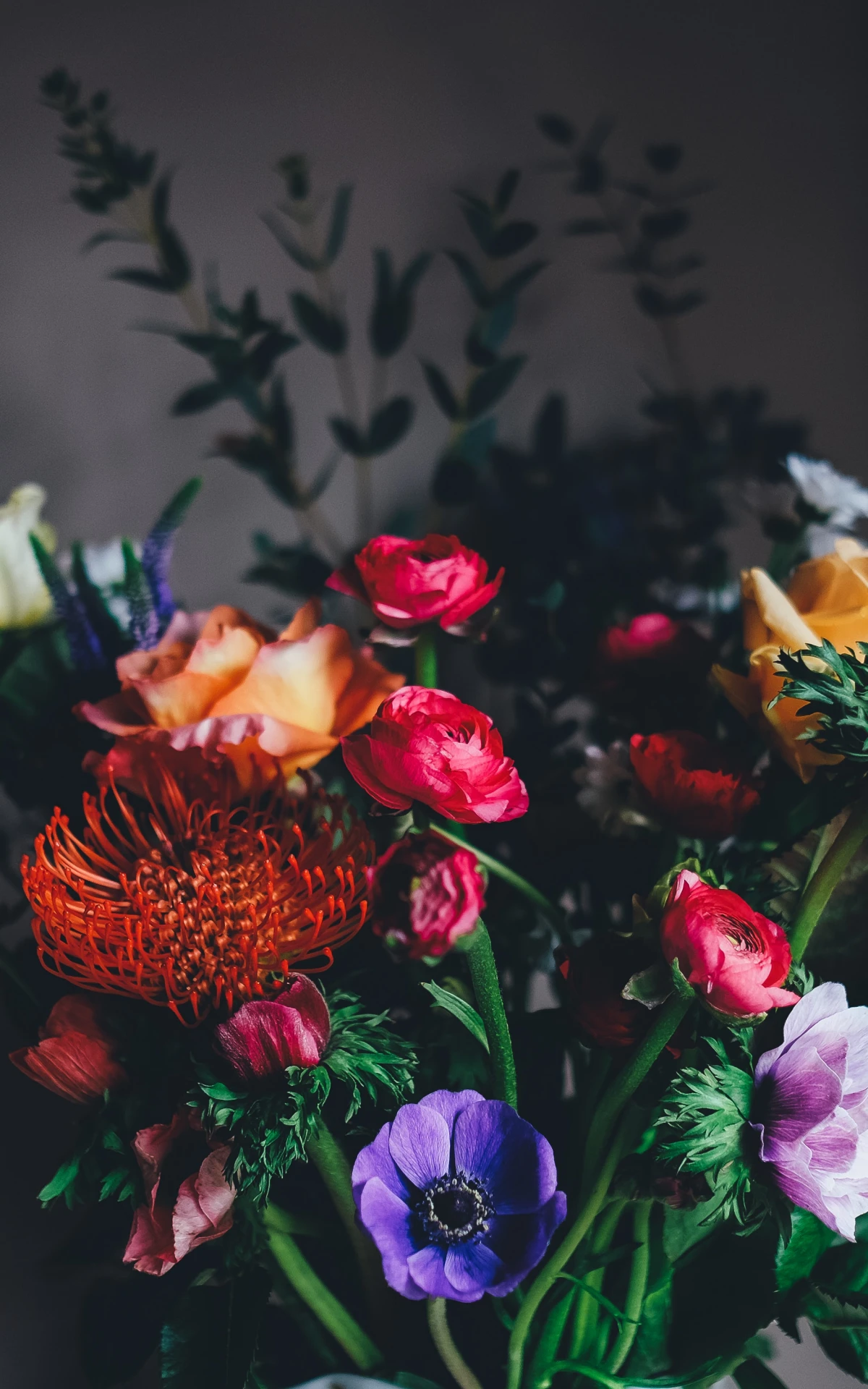
Beyond the vase, consider preserving your birth flower. Delicate blooms like violets or larkspur can be pressed between the pages of a heavy book (use parchment paper to protect the pages!) and later framed or used in crafts. This creates a lasting keepsake from a birthday bouquet or a memento from your own garden.
Think beyond sight and explore the scent of your birth month. The sweet, peppery fragrance of June’s rose is iconic, but don’t overlook the honeyed perfume of a lily-of-the-valley (May) or the fresh, green scent of a narcissus (March). Scent is powerfully tied to memory, and incorporating your birth flower’s fragrance into your home through fresh bouquets or essential oils creates a deeply personal atmosphere.










